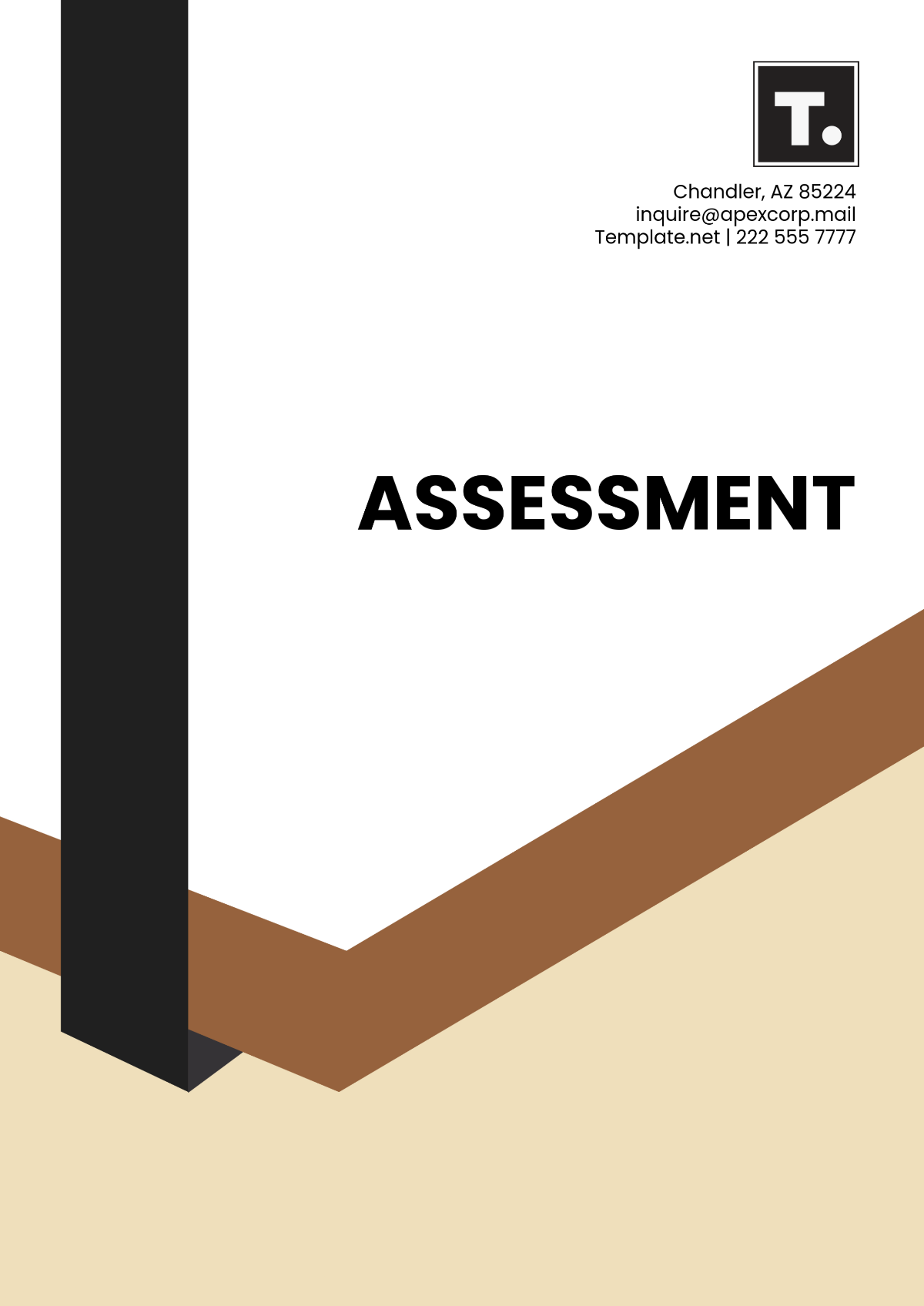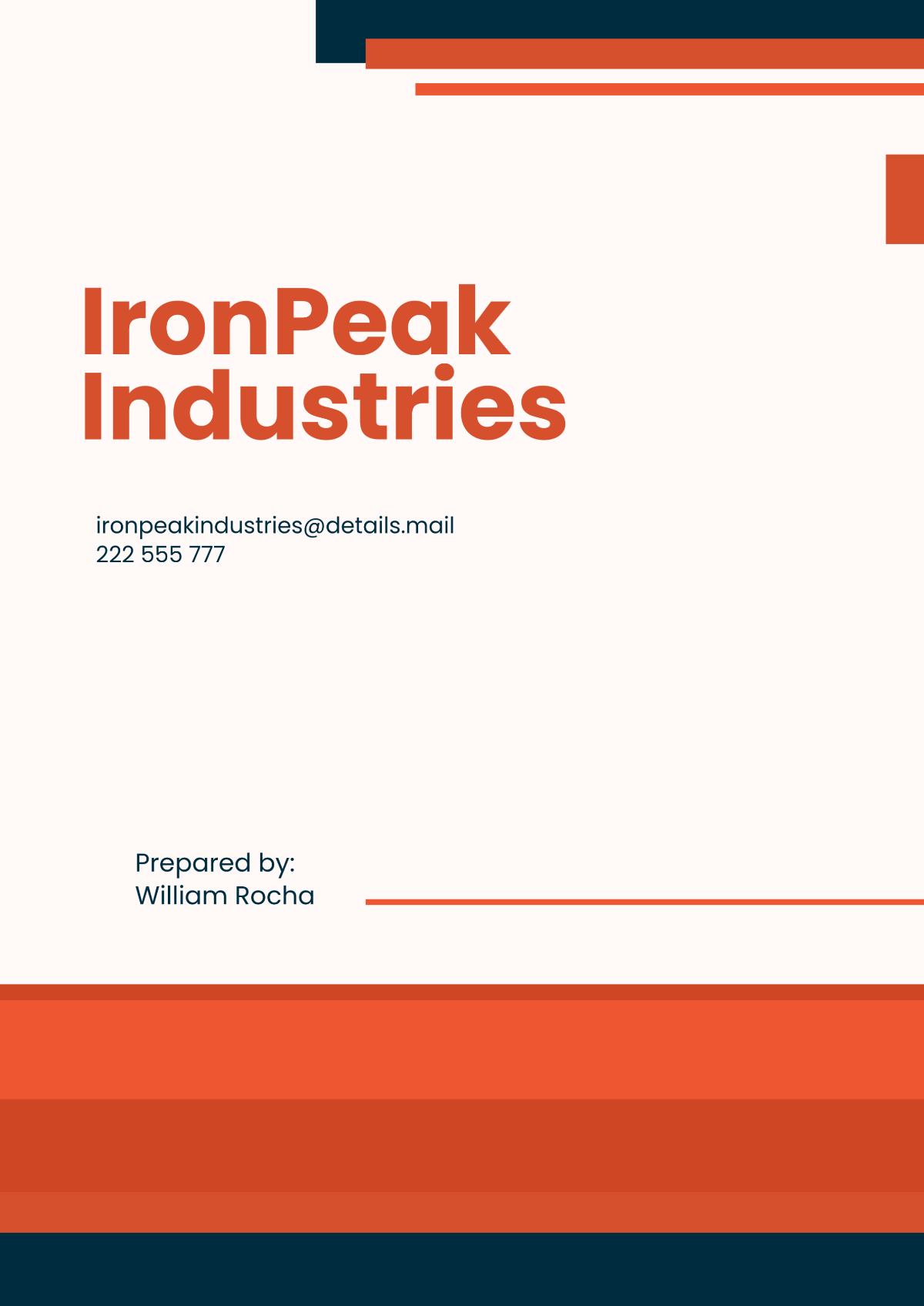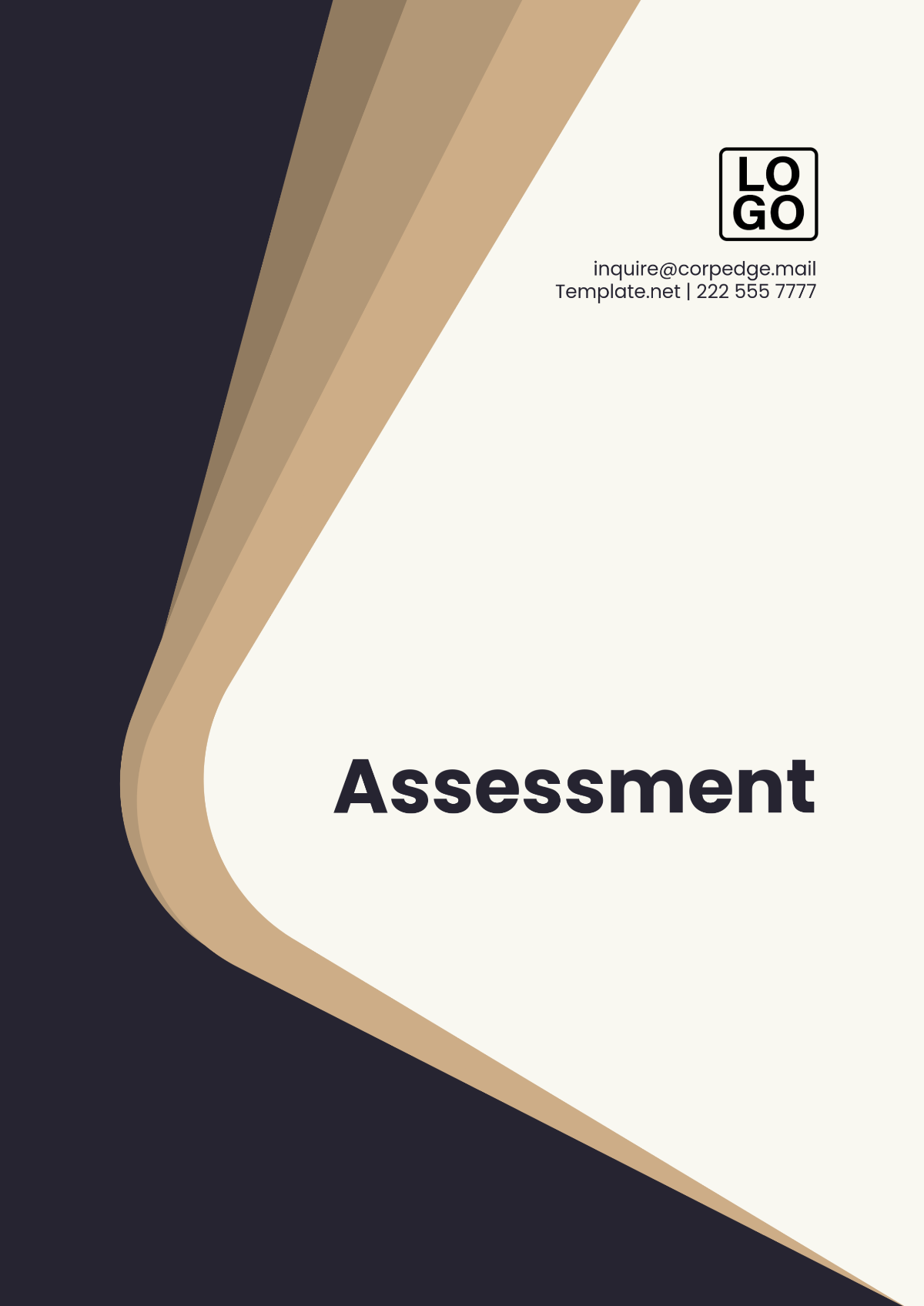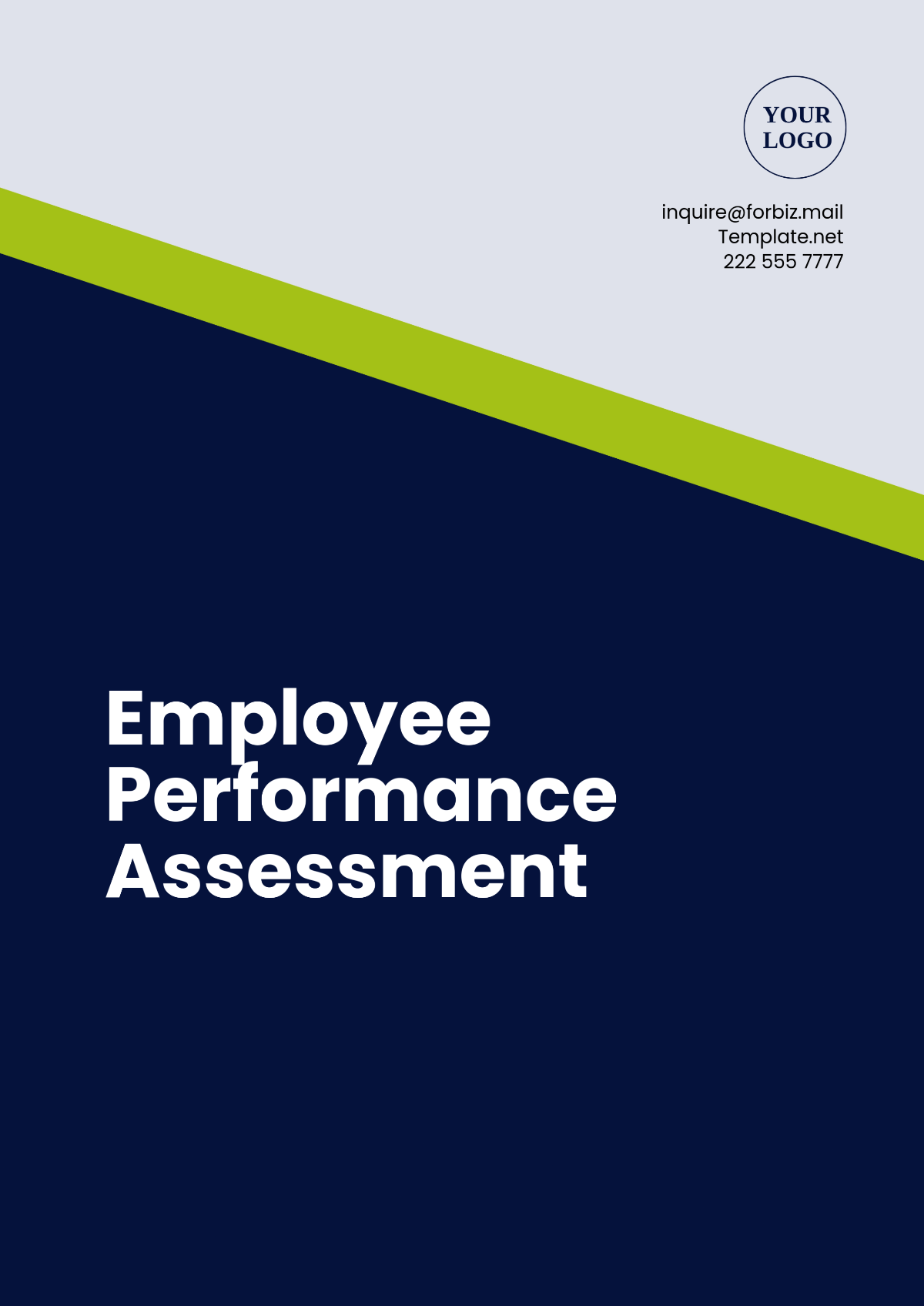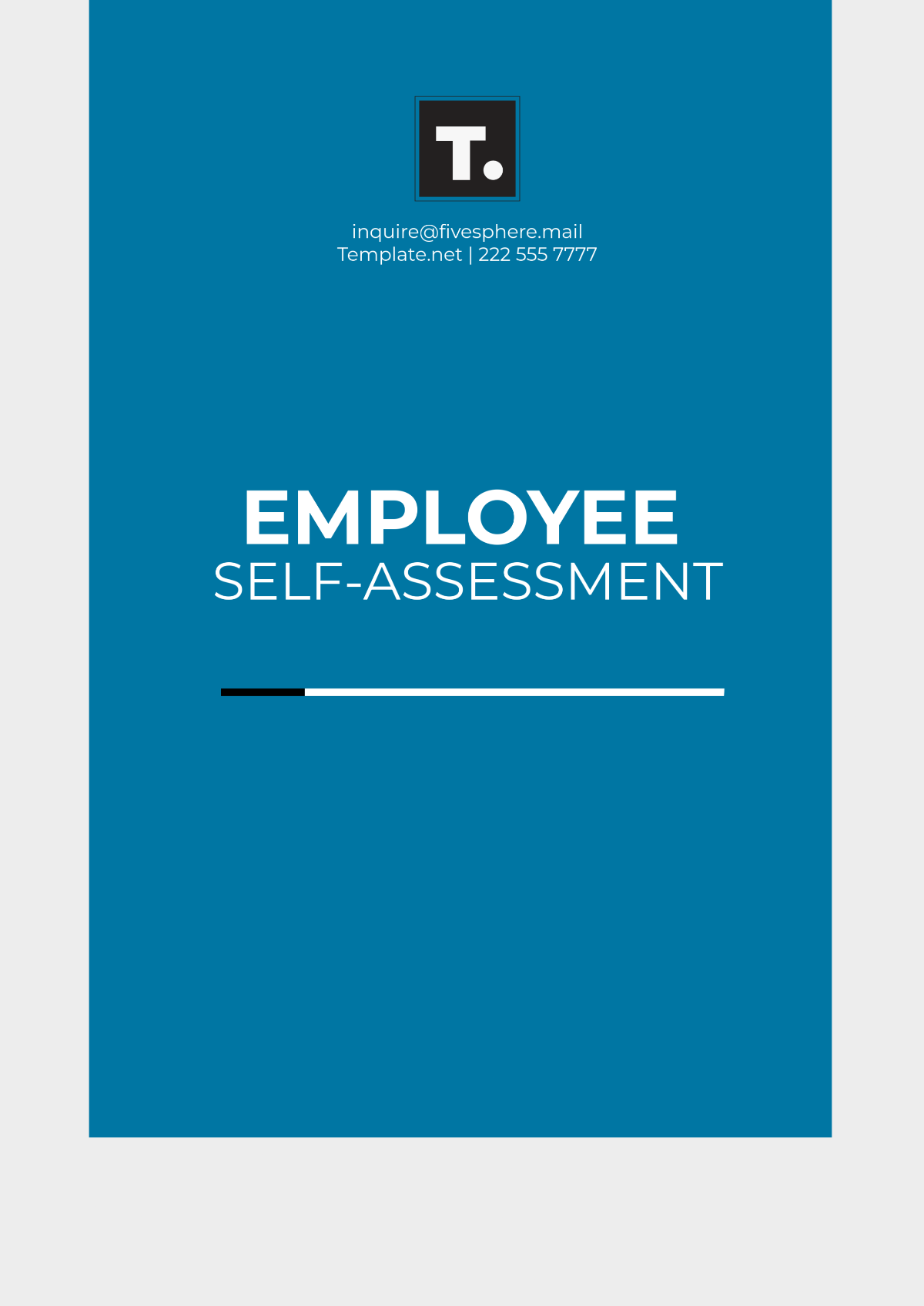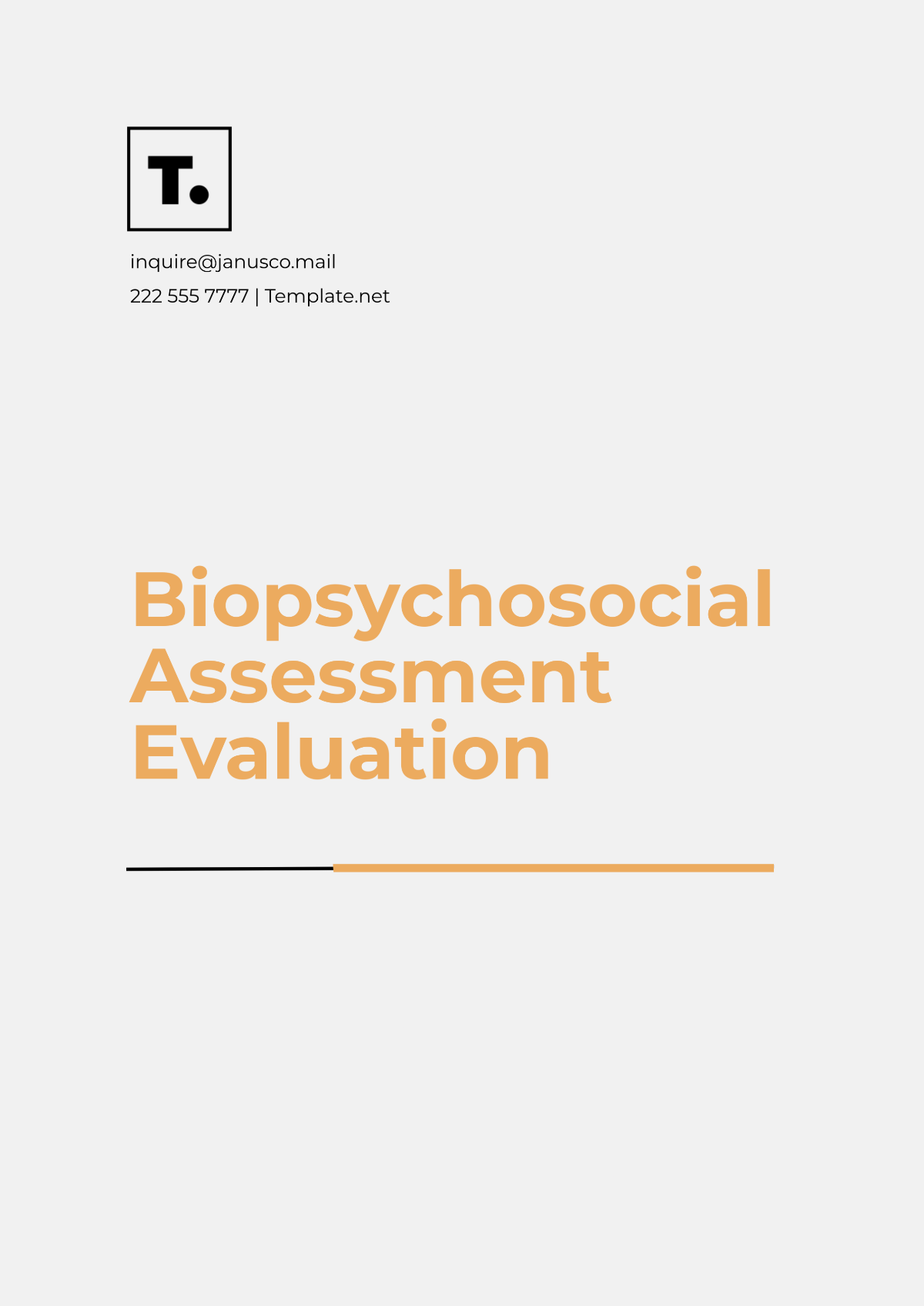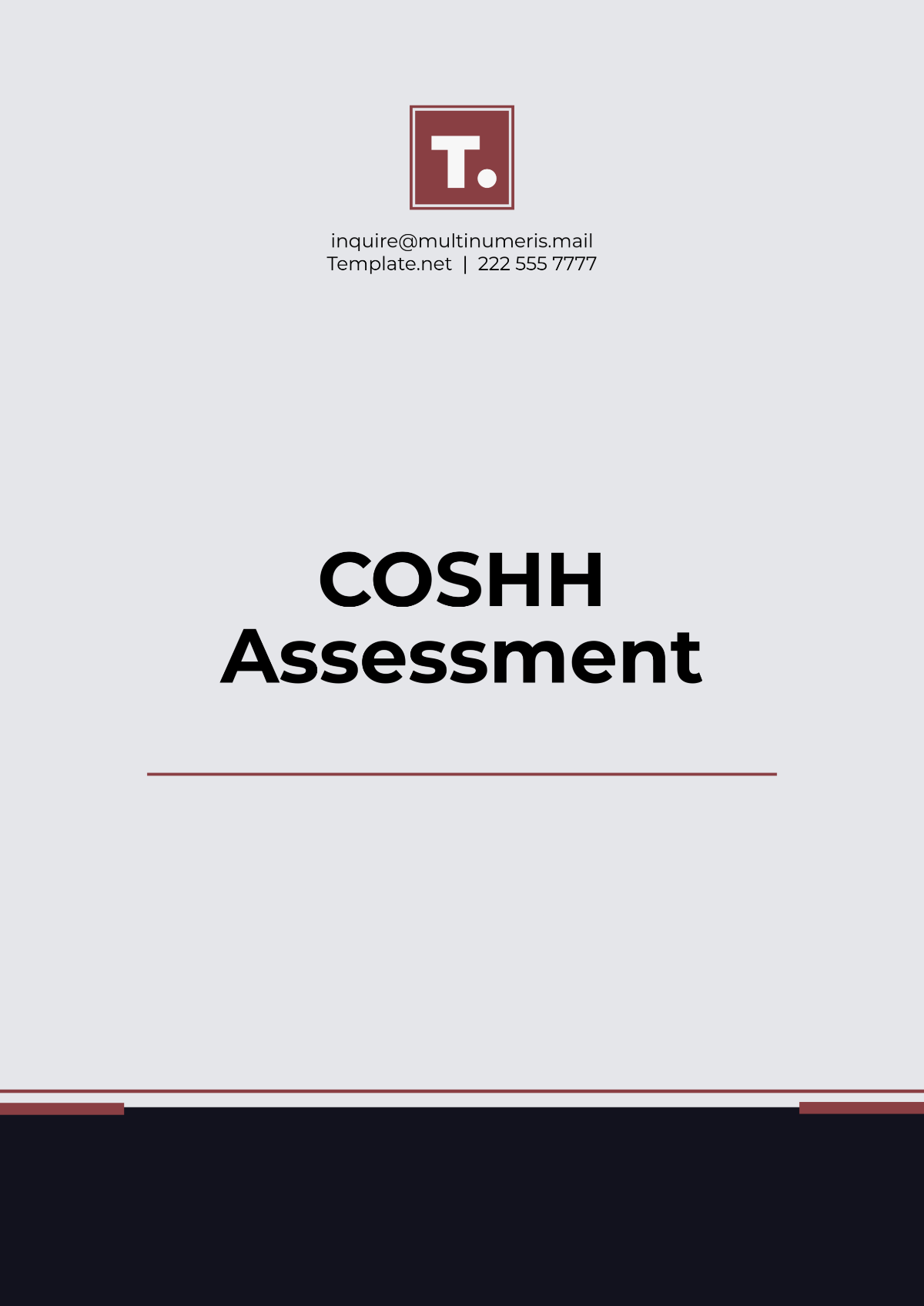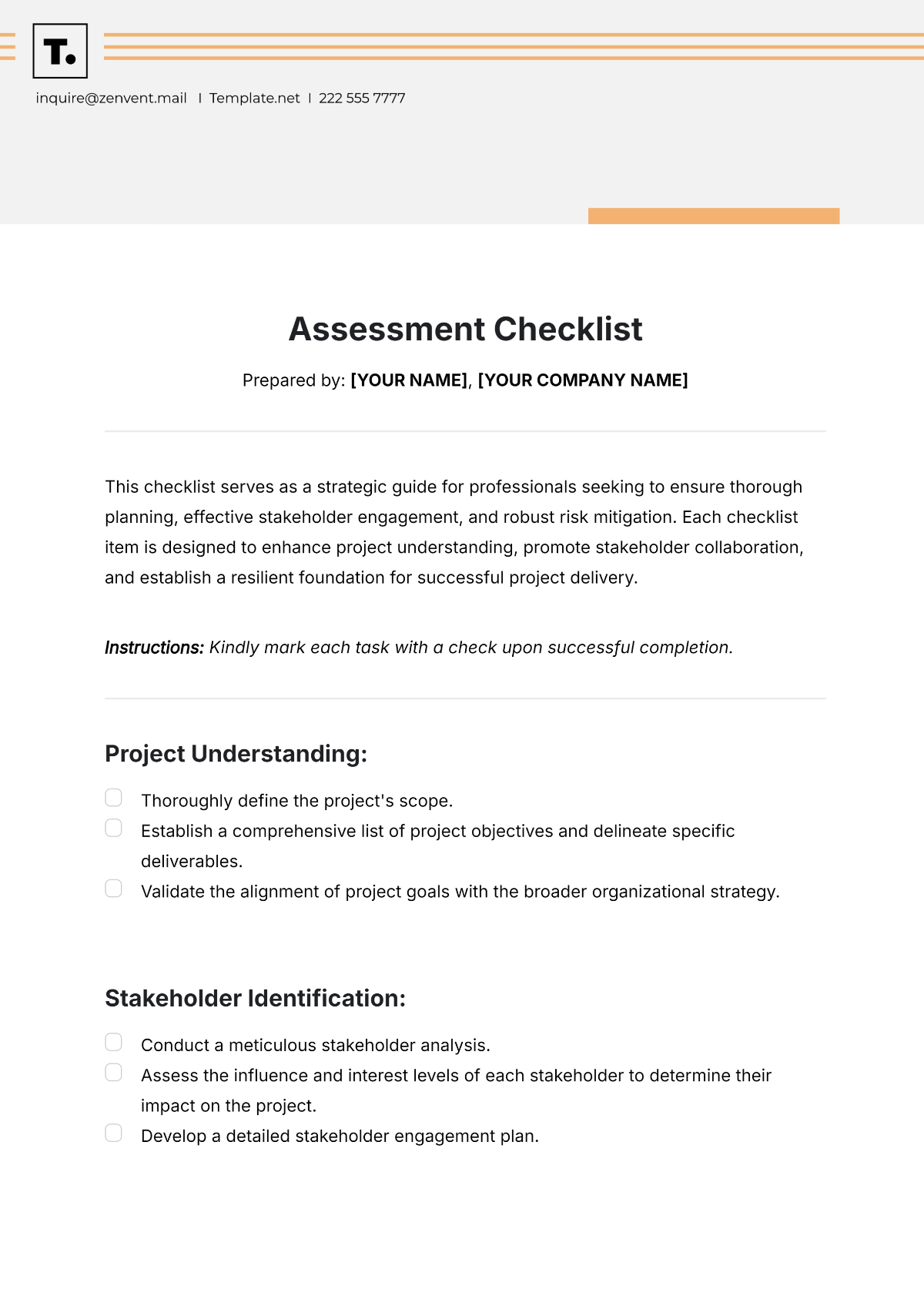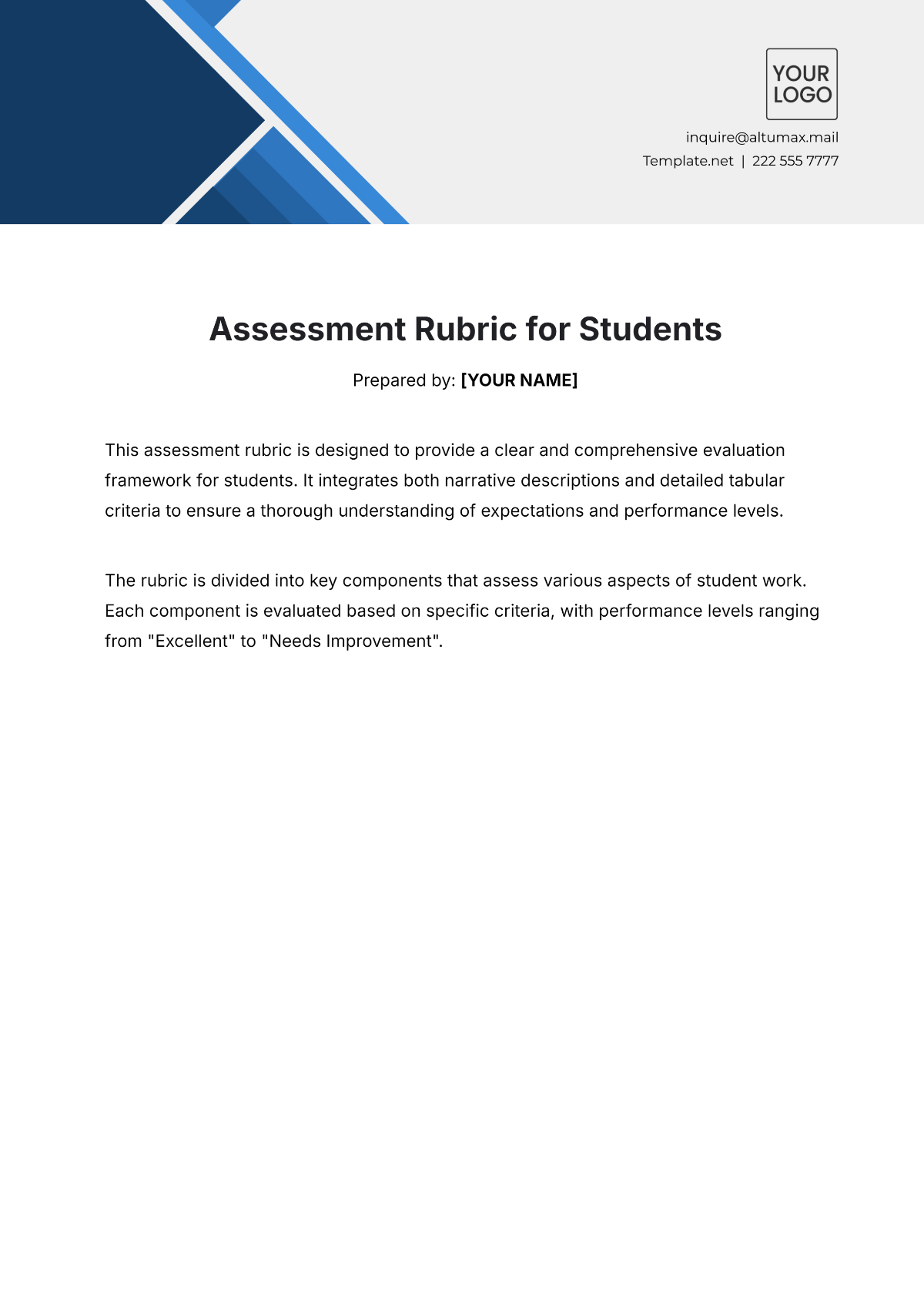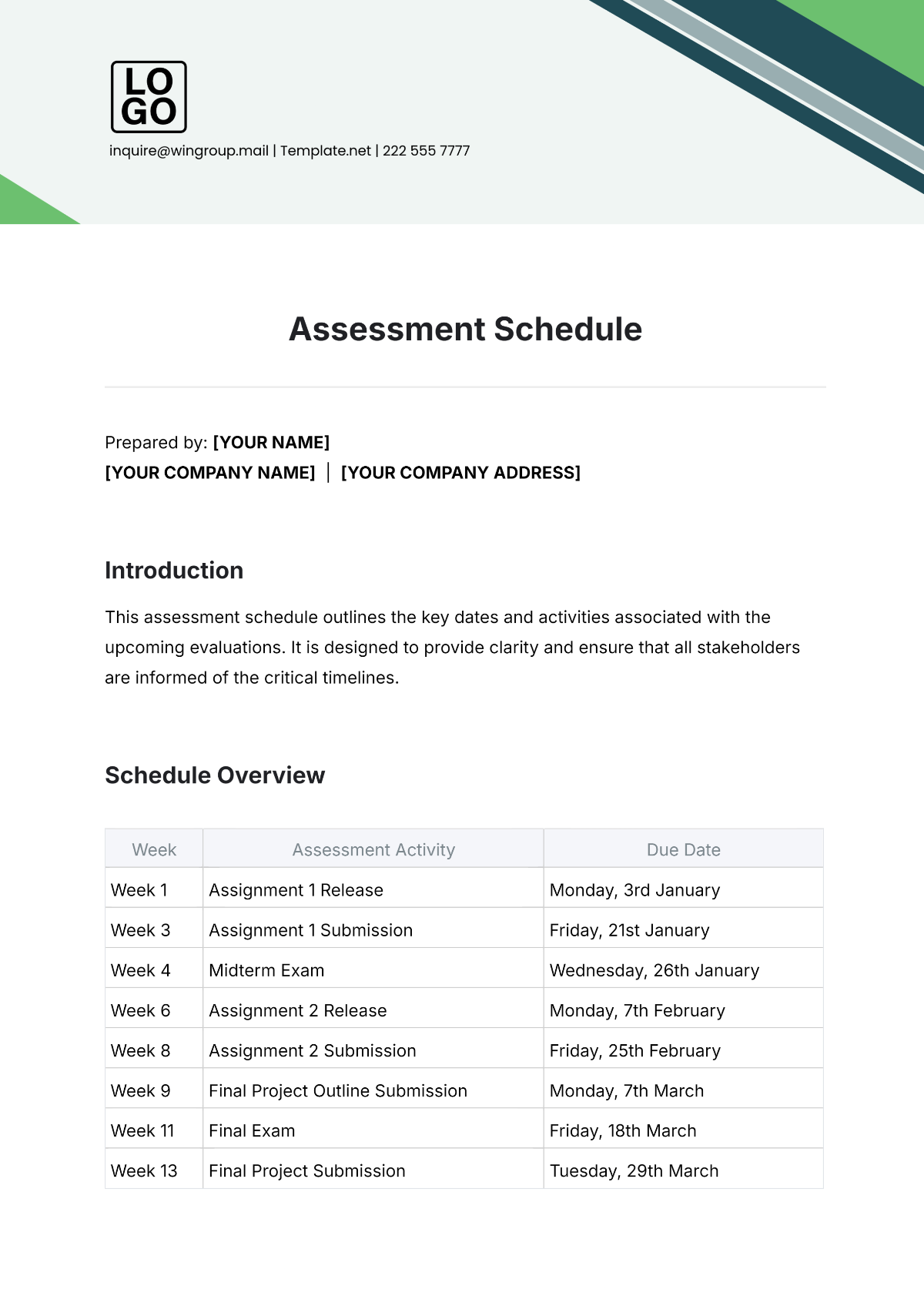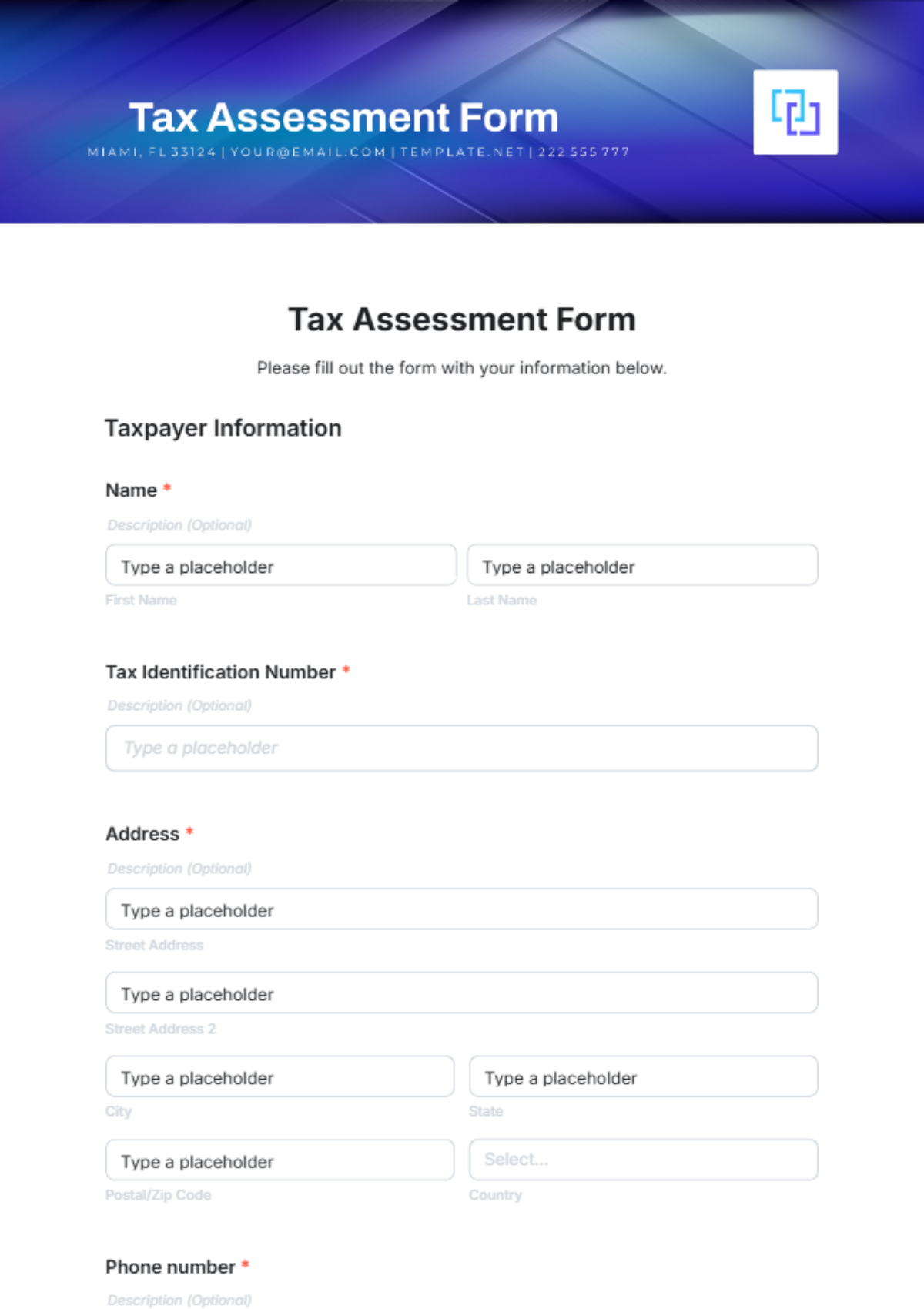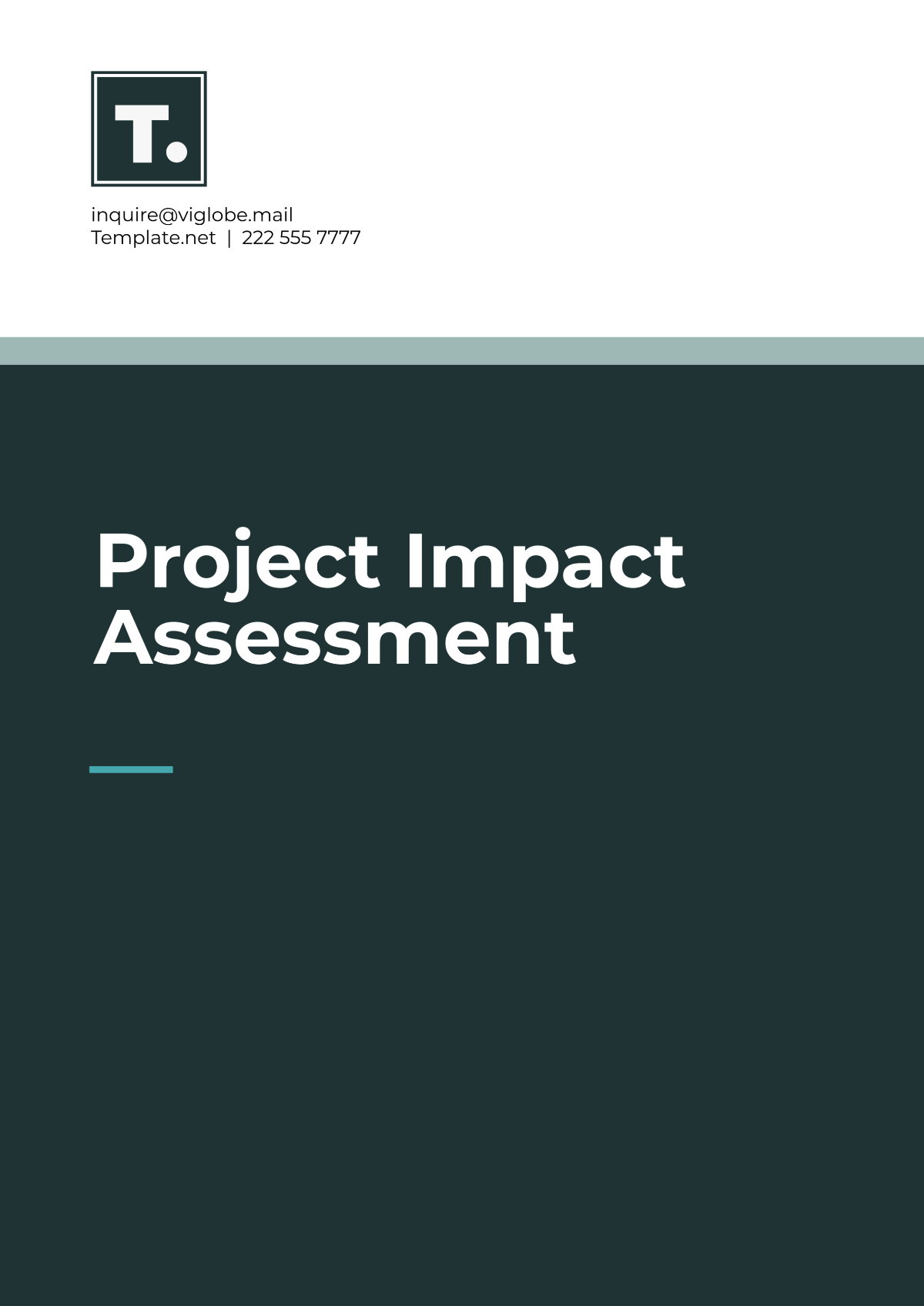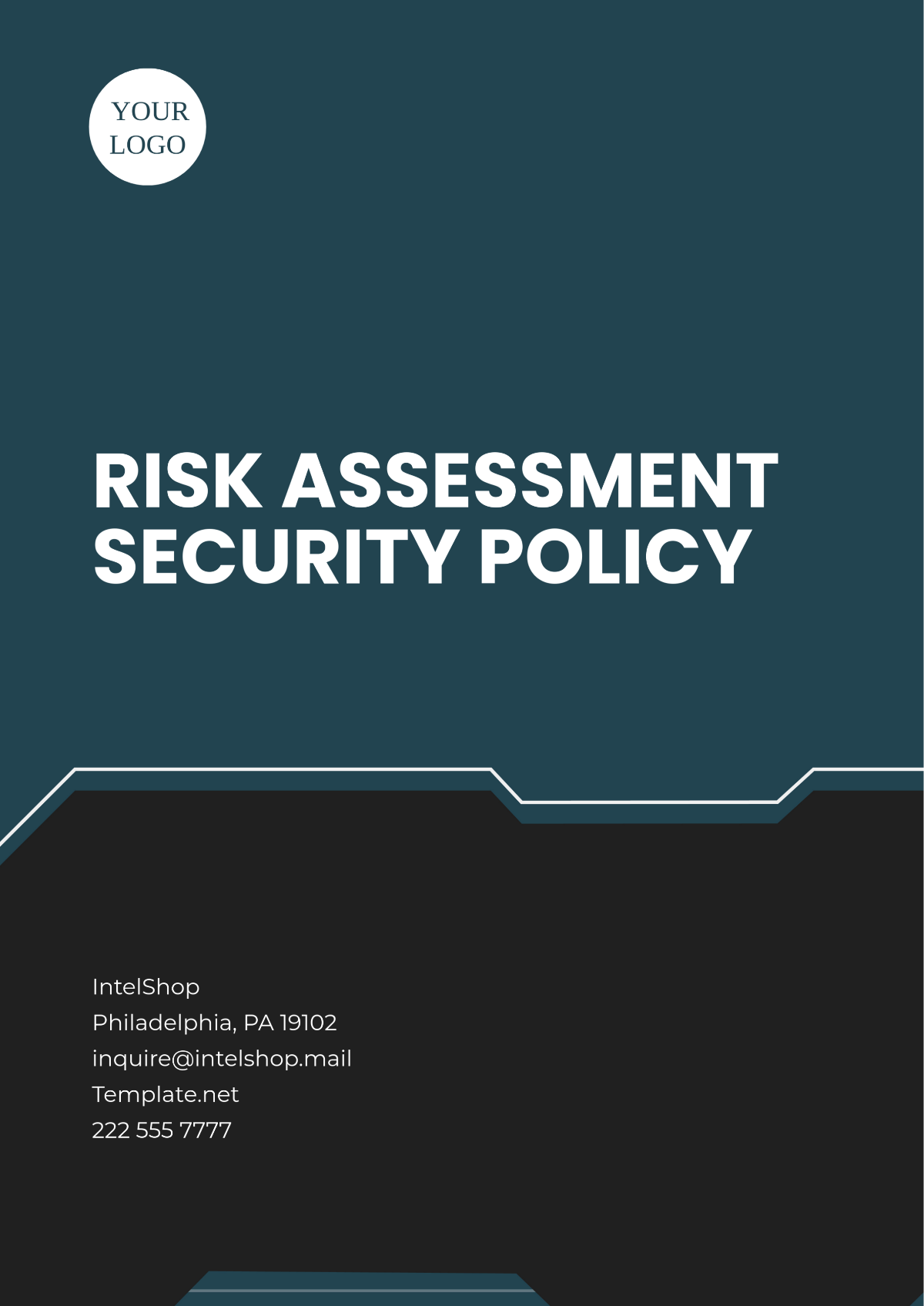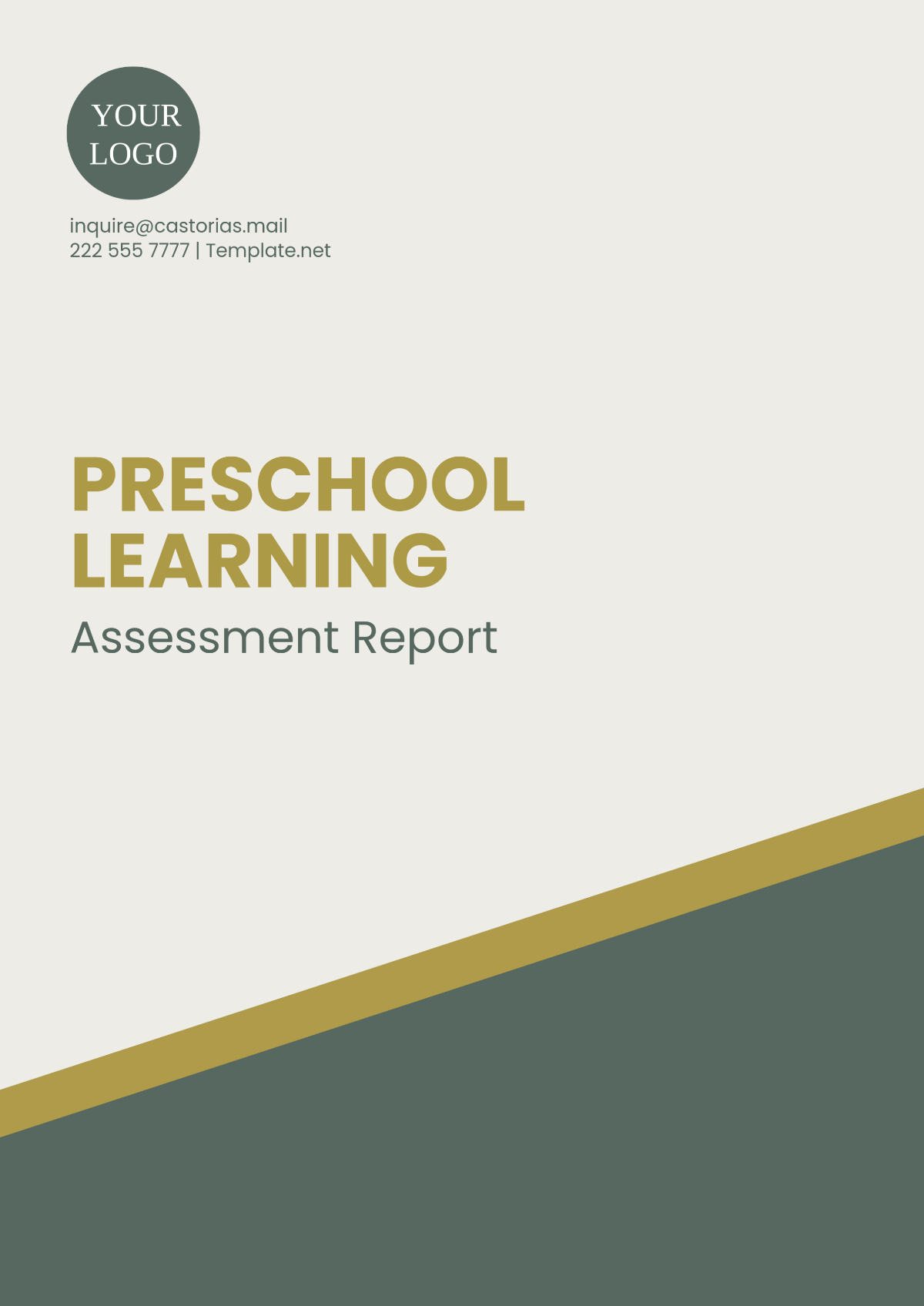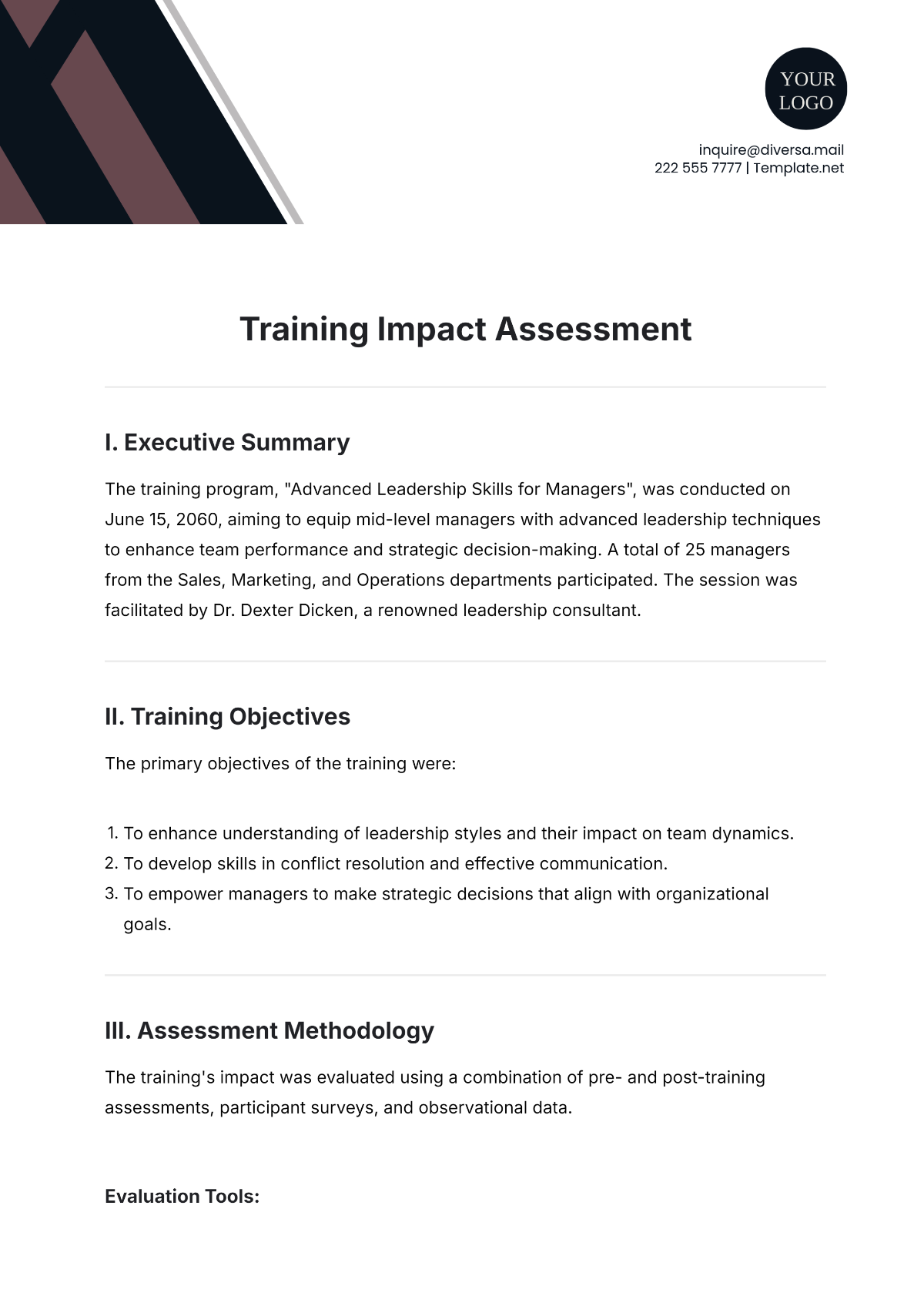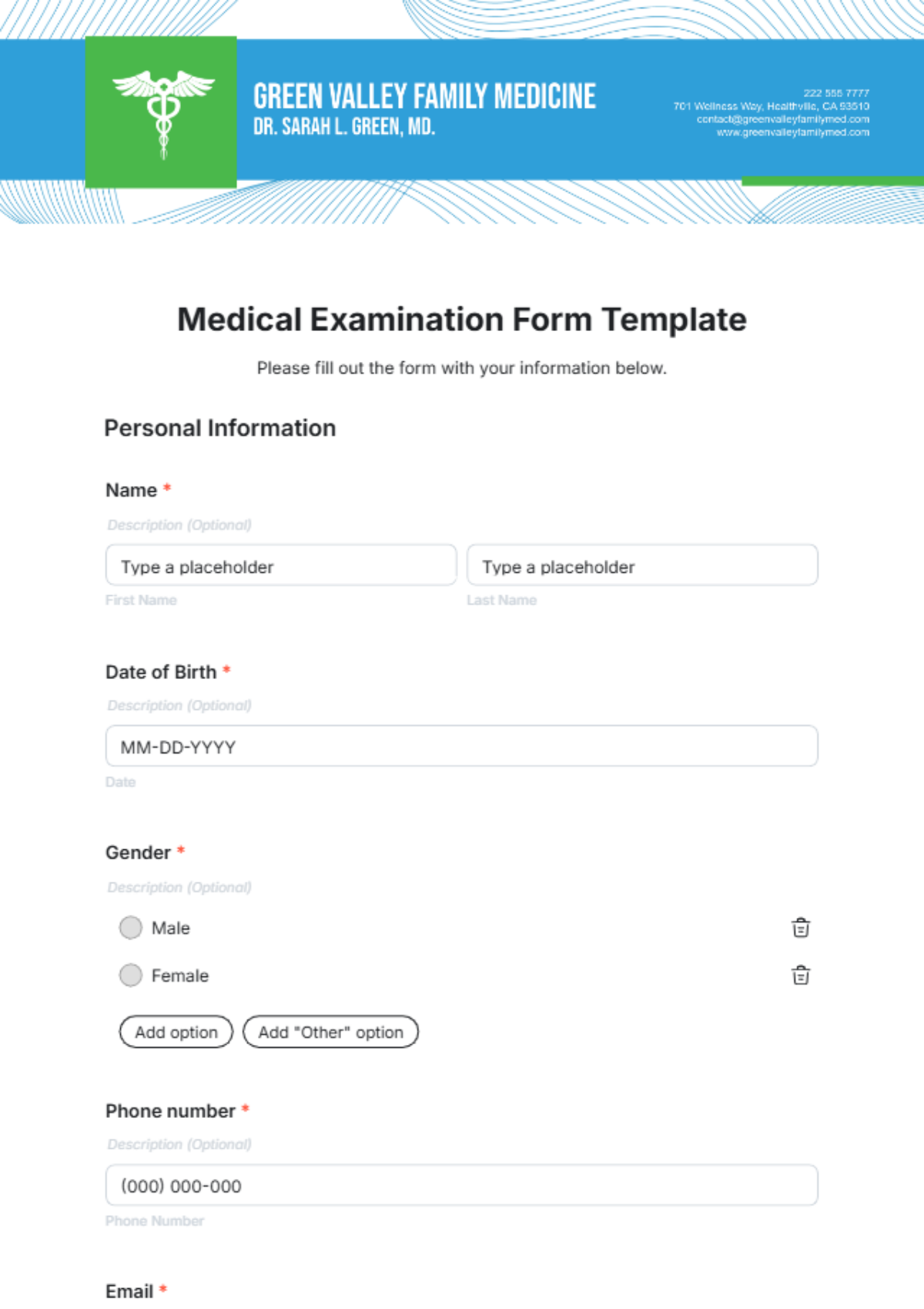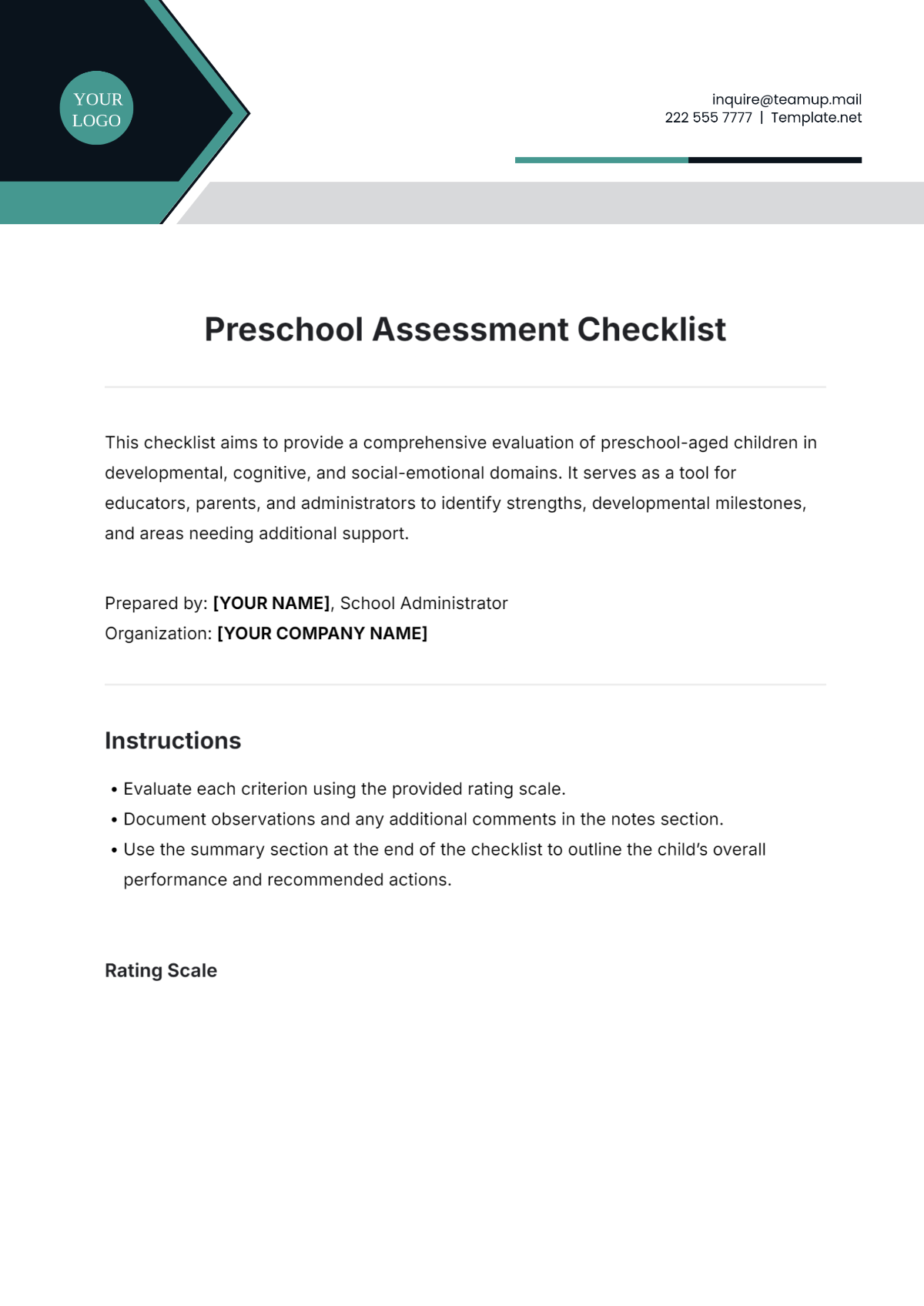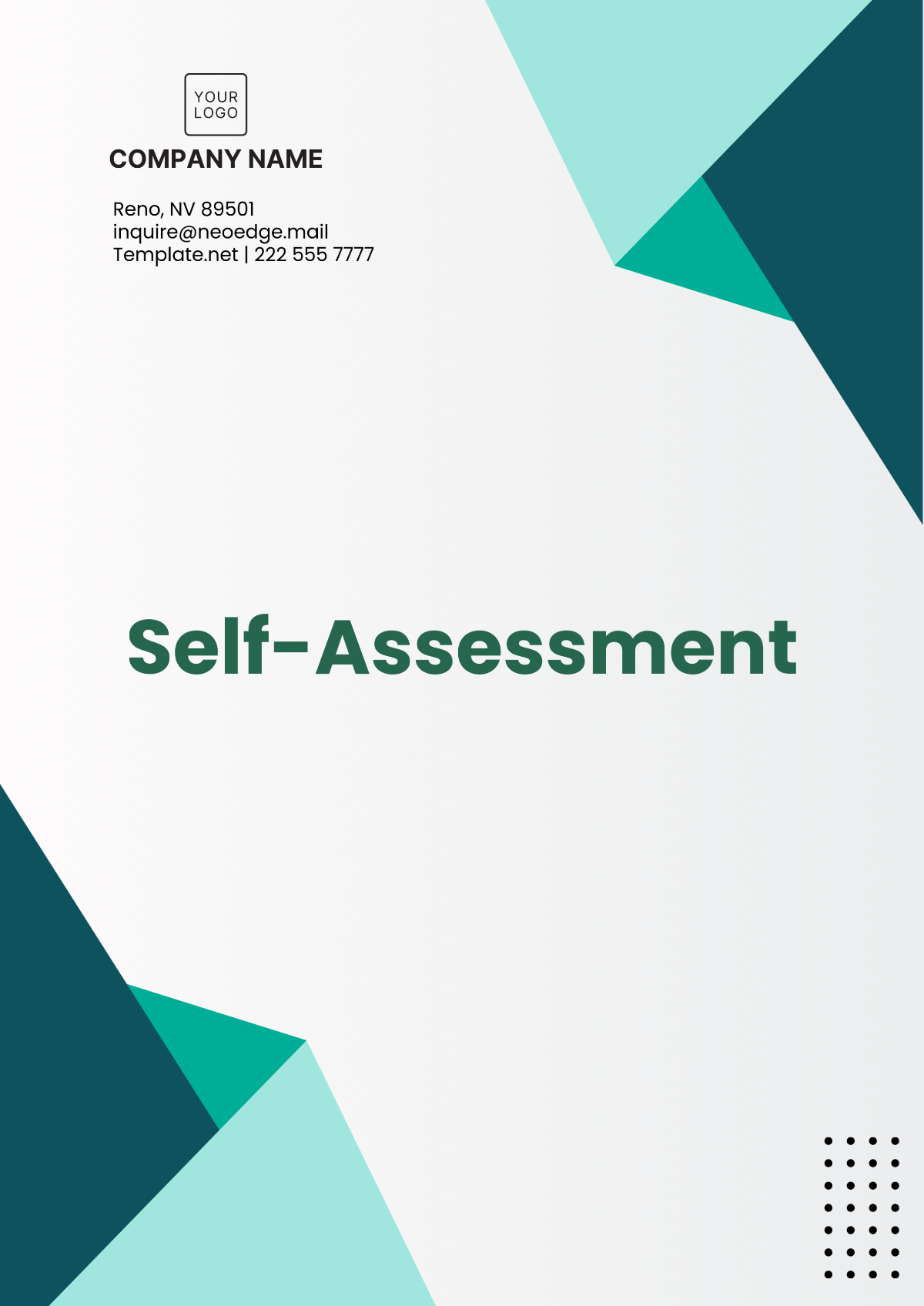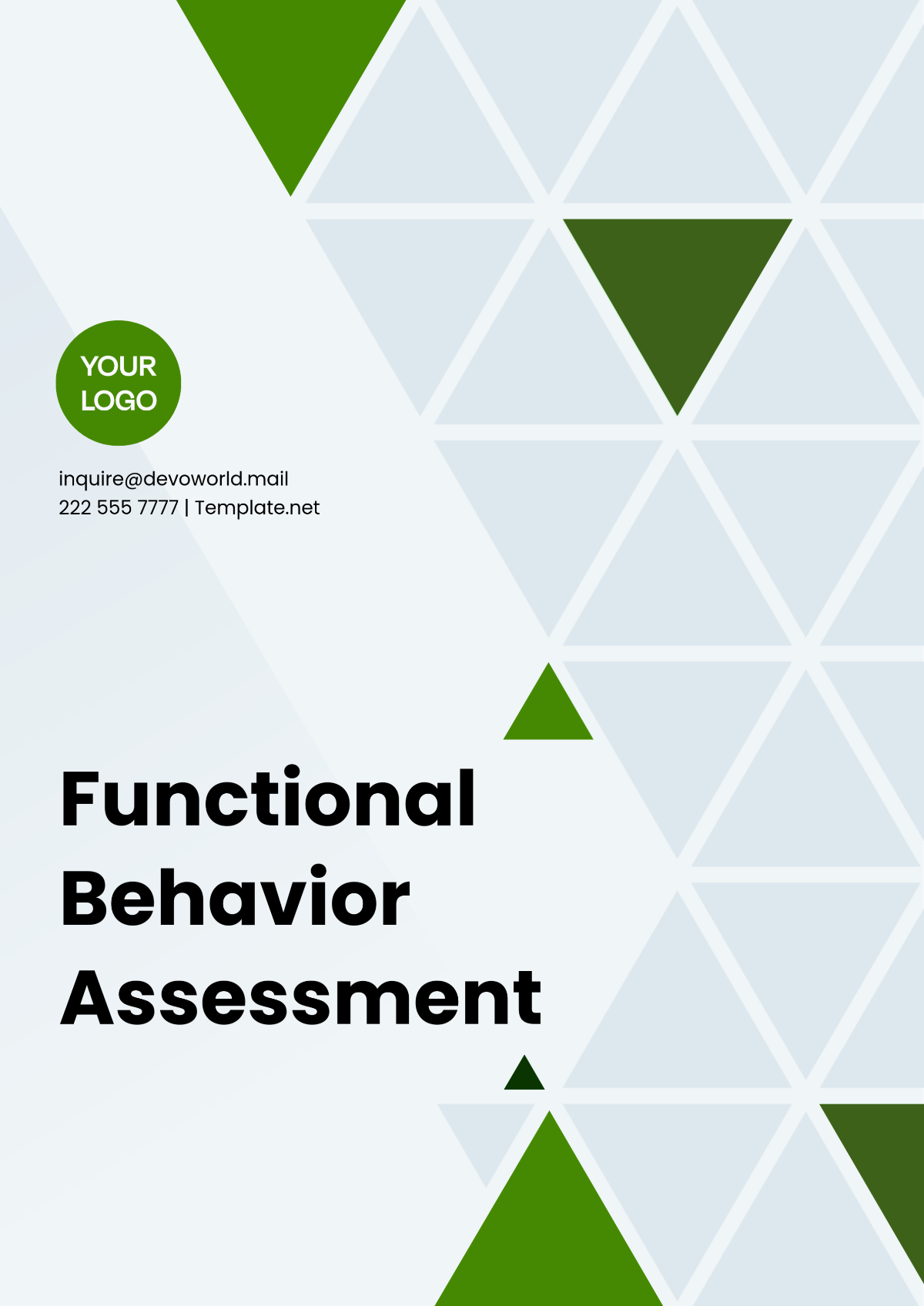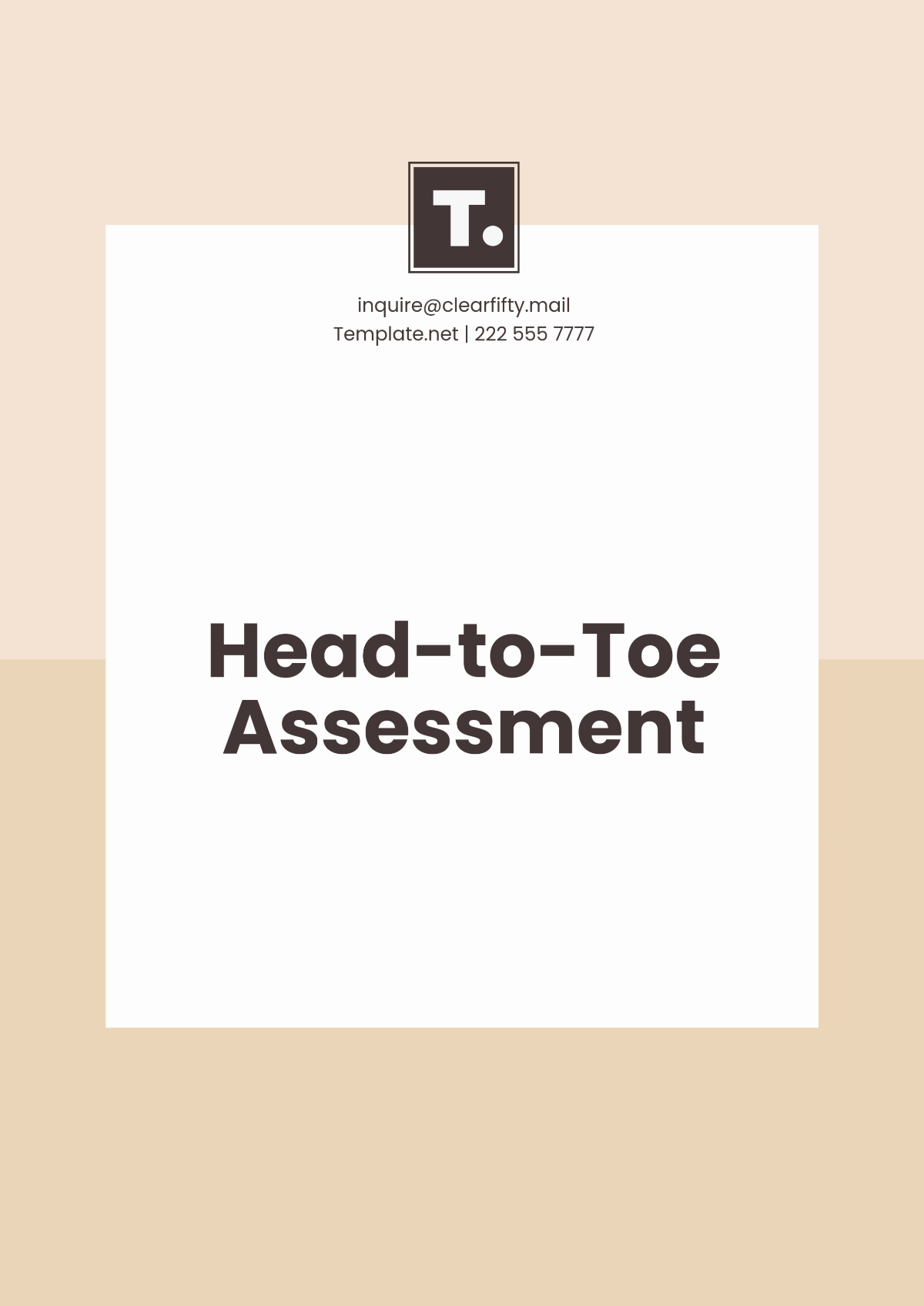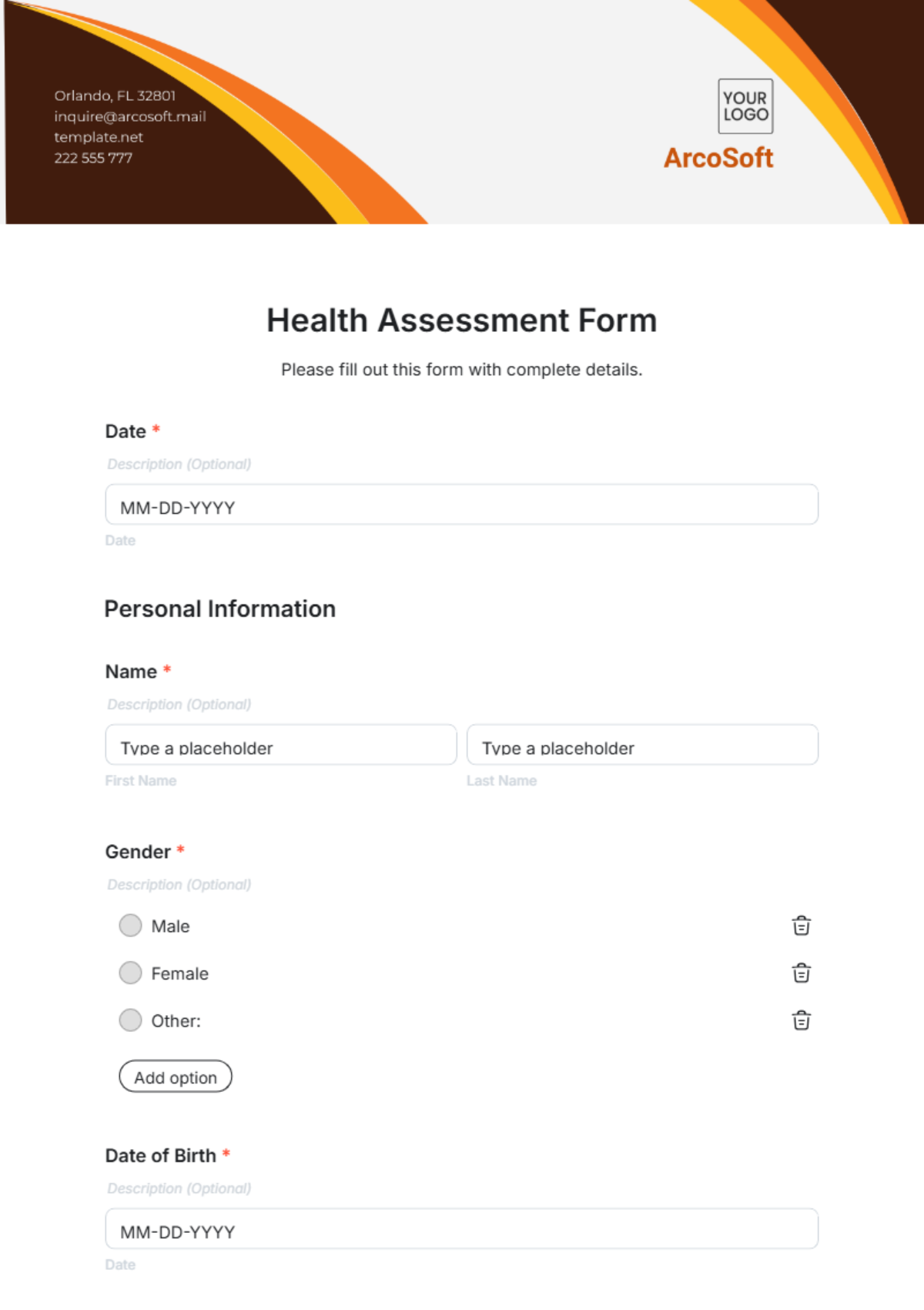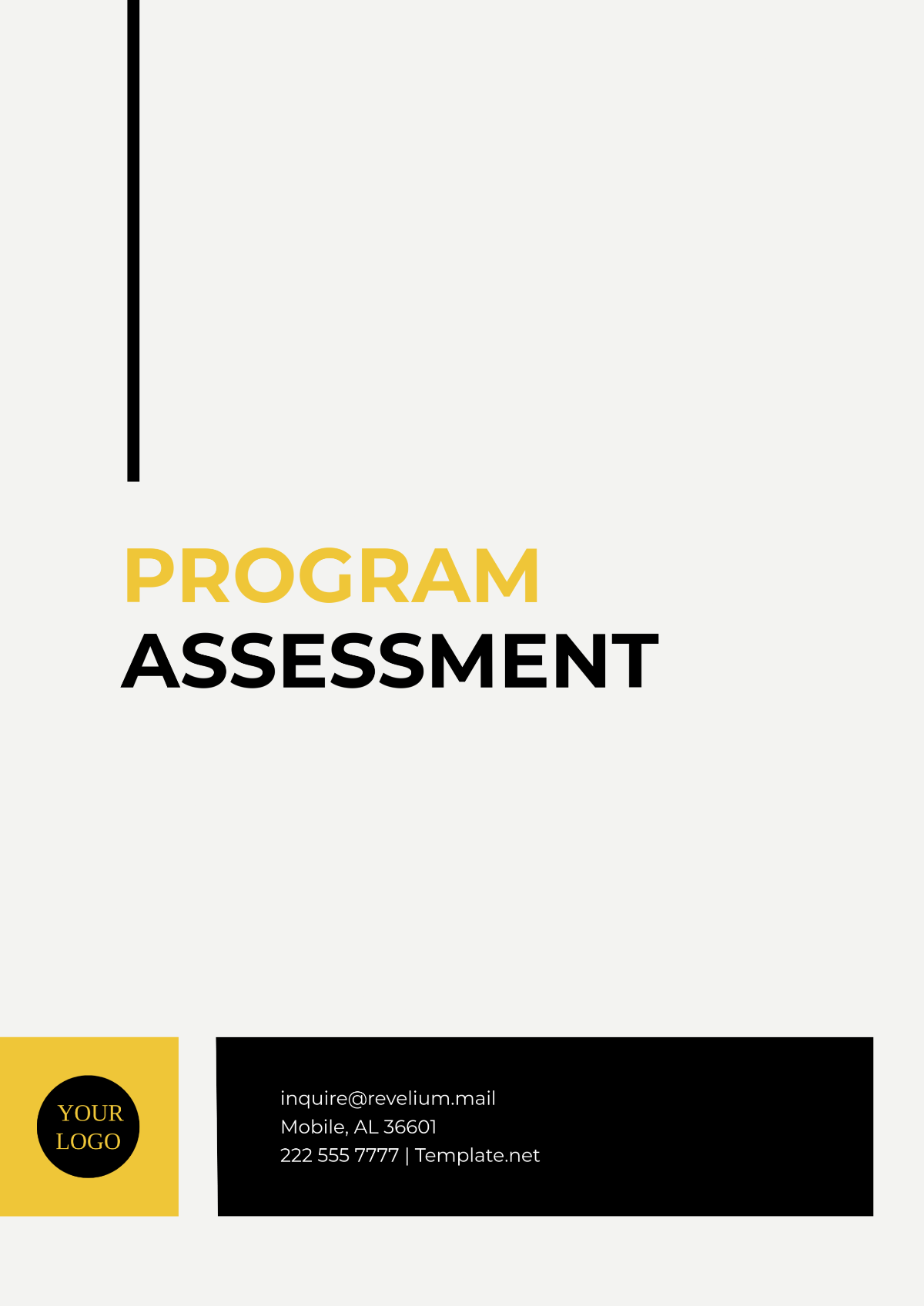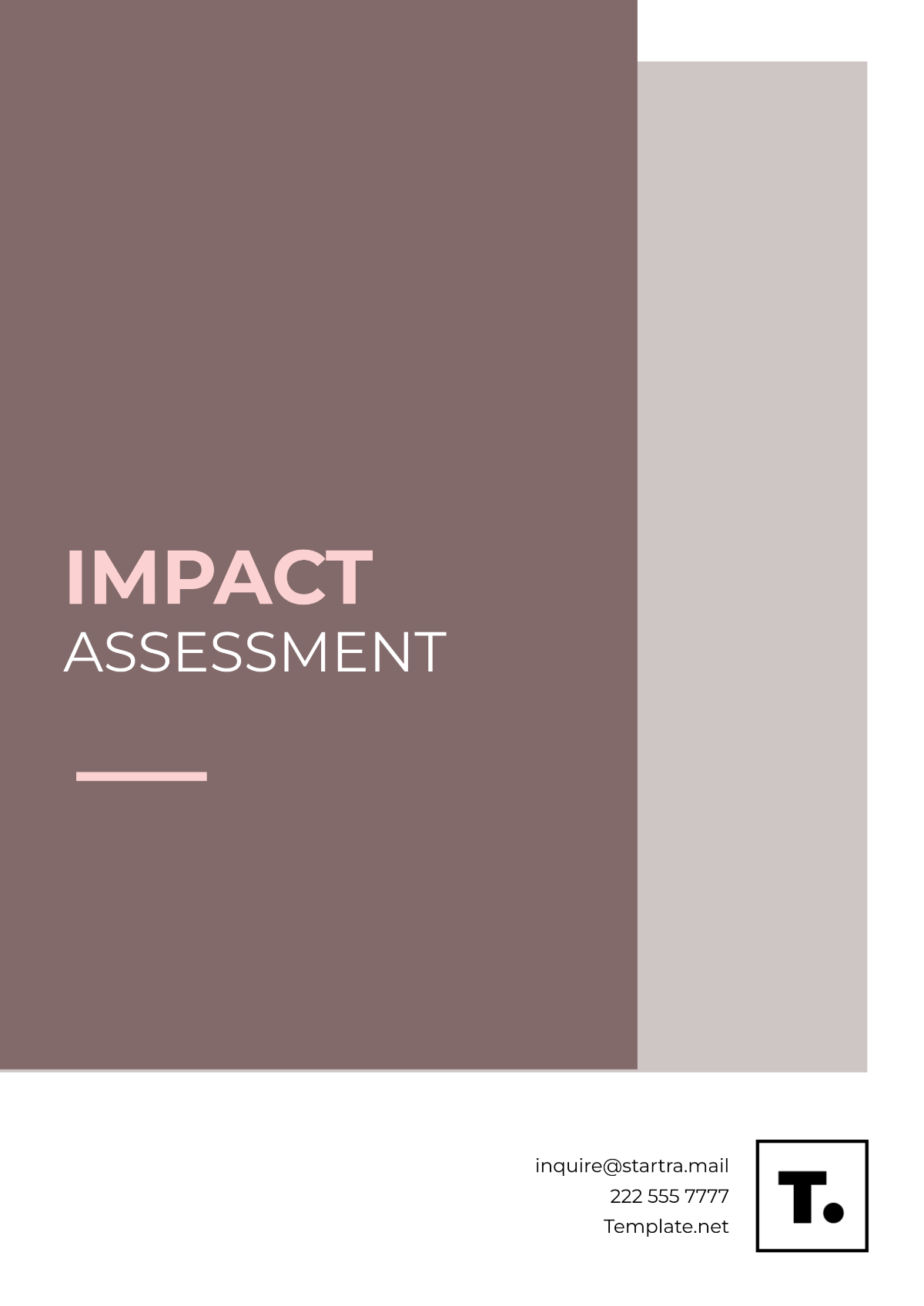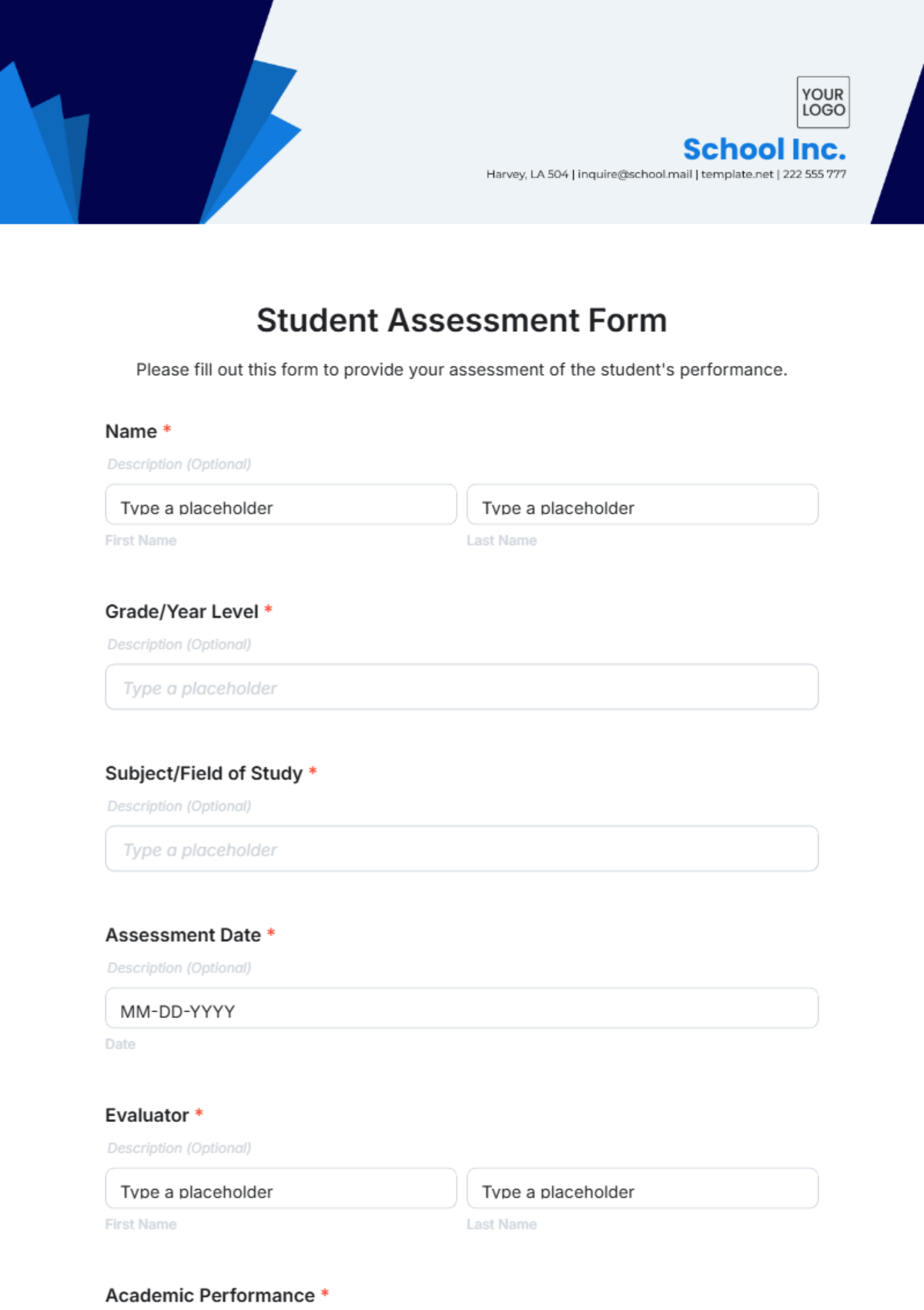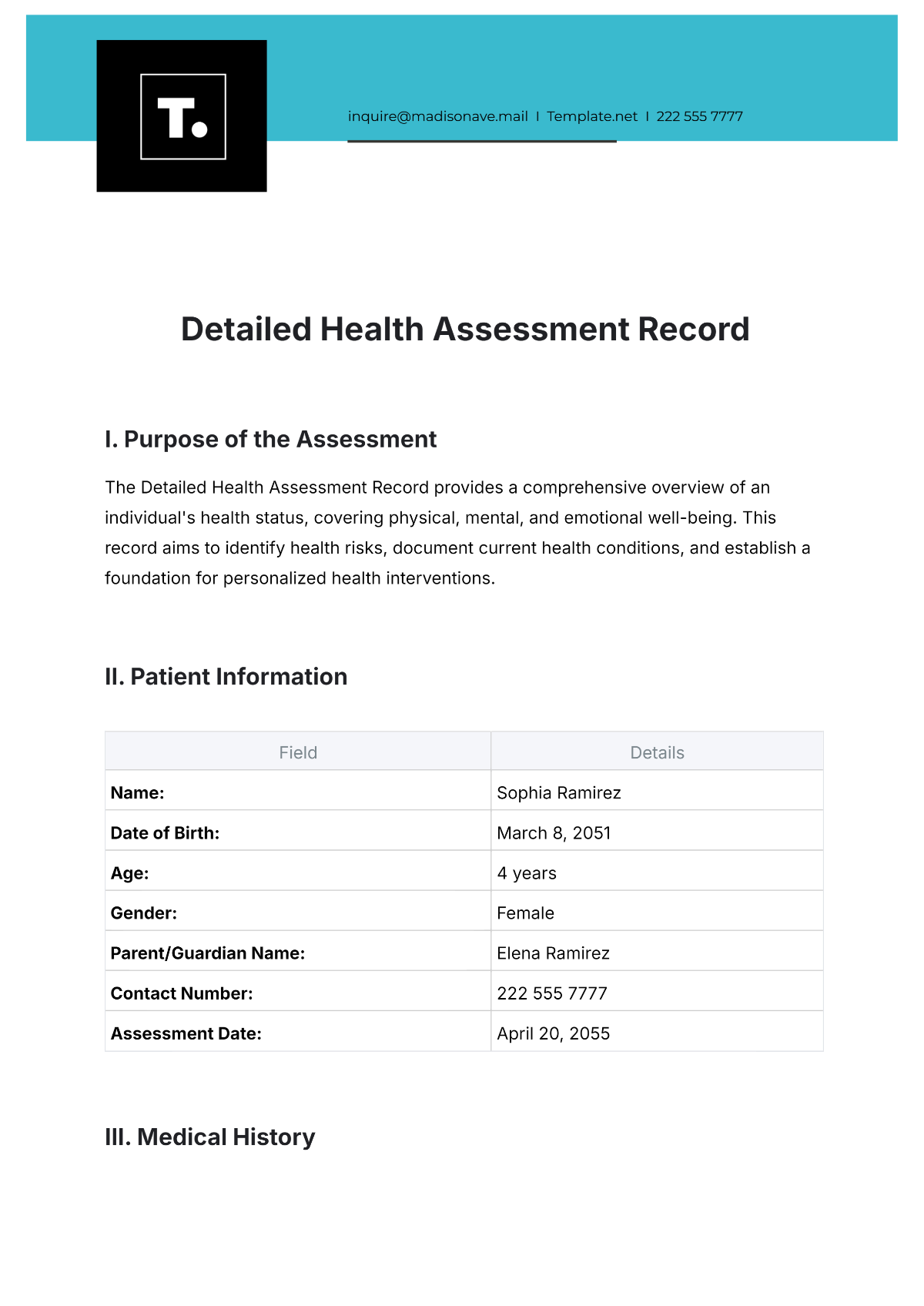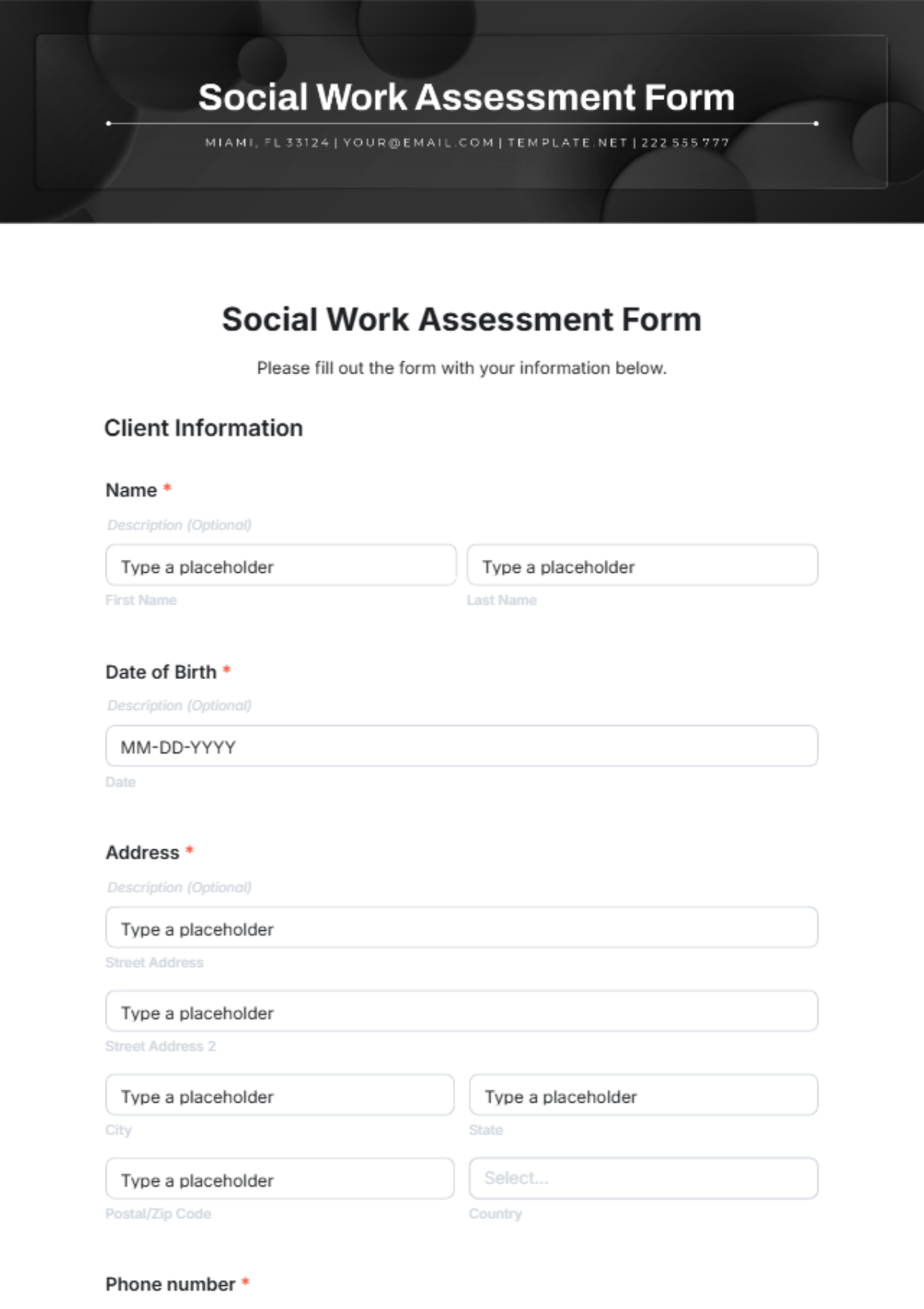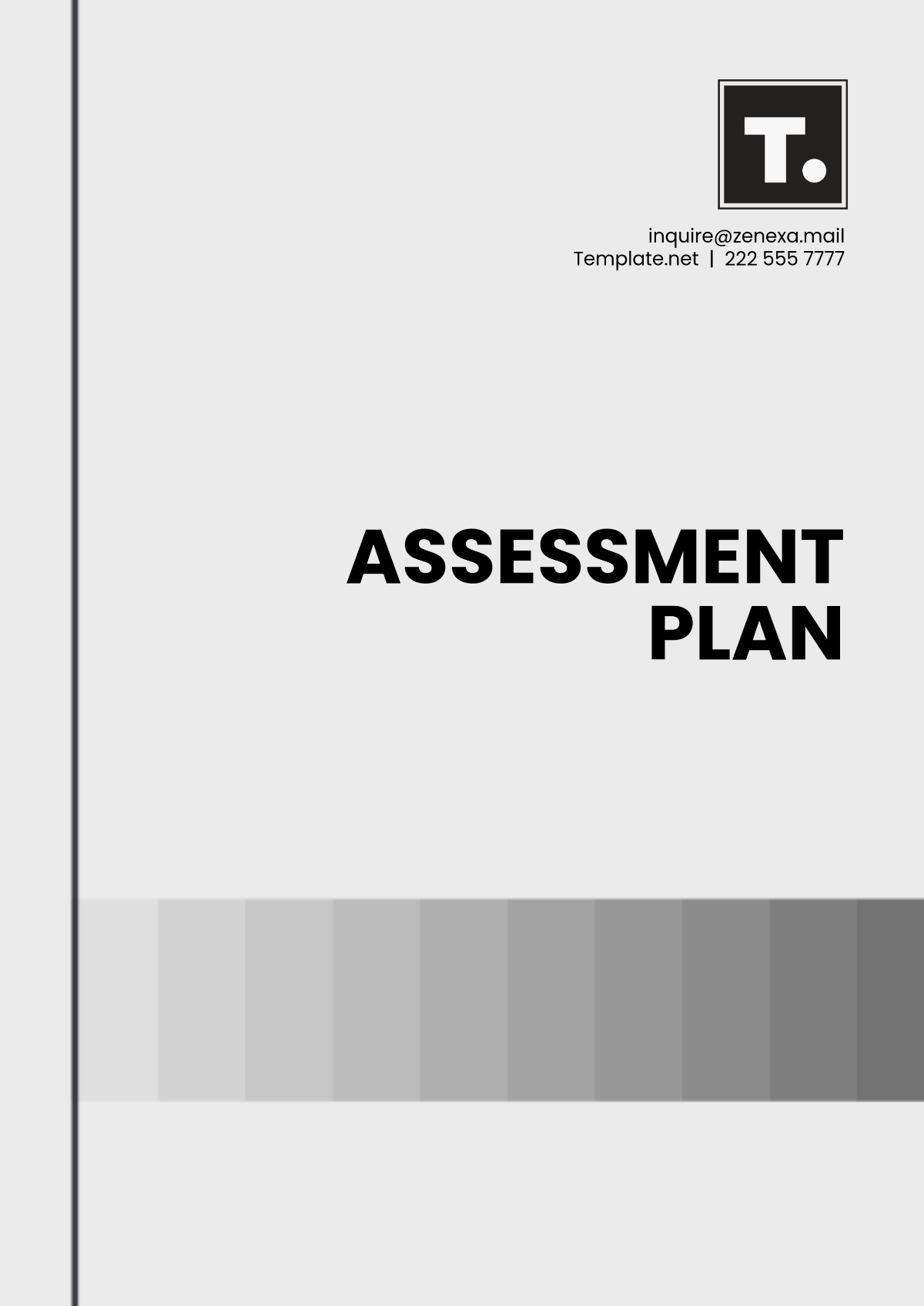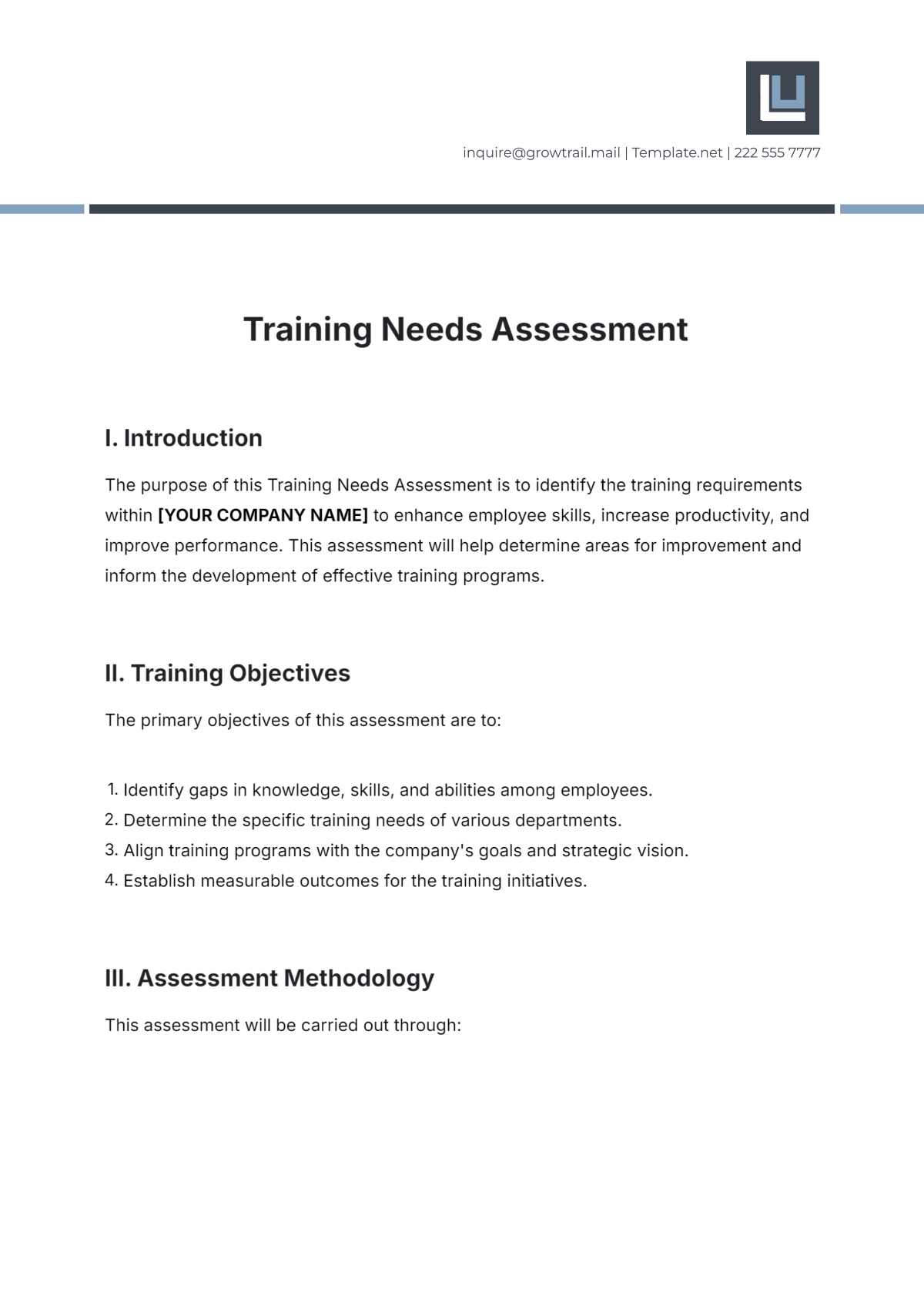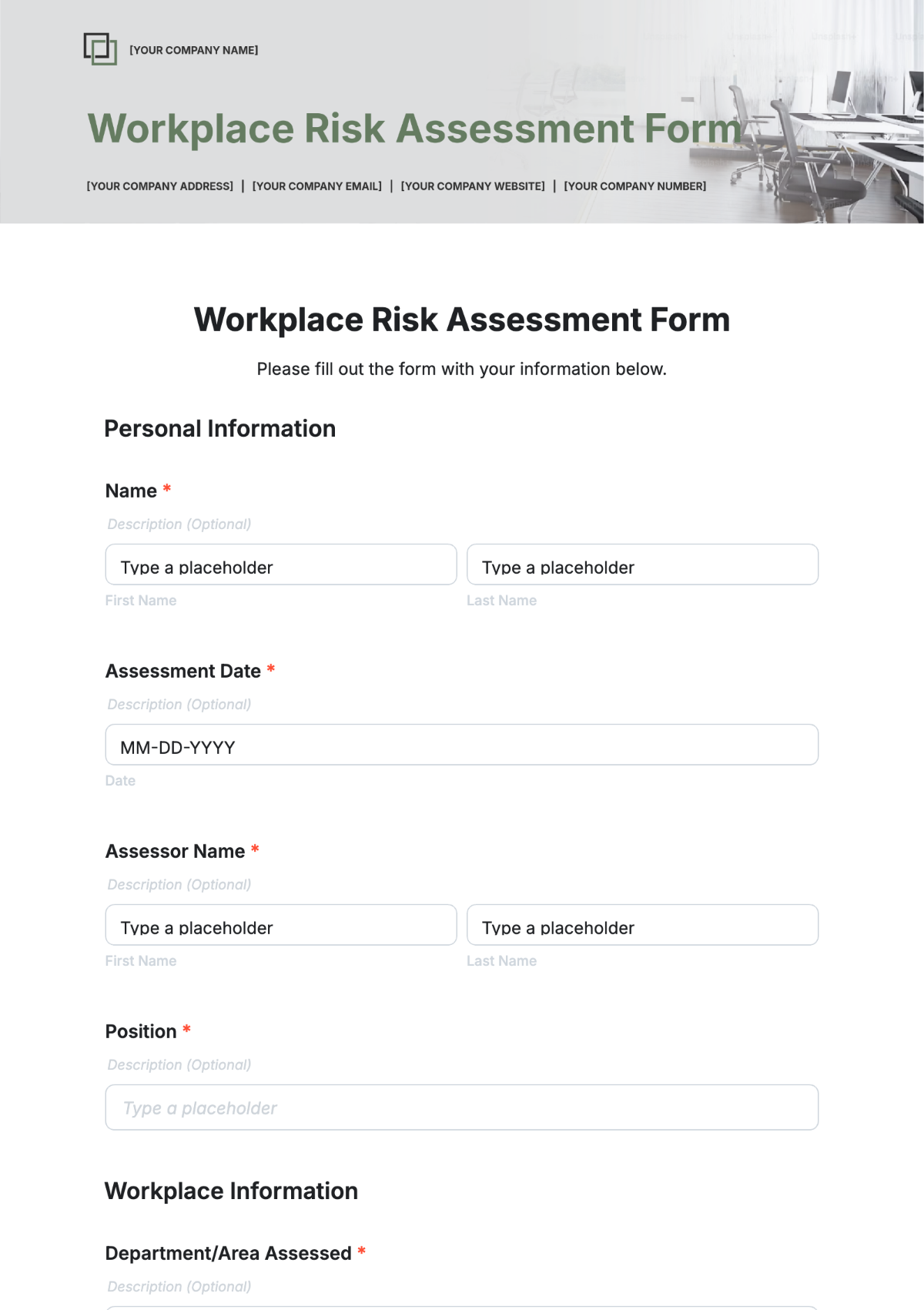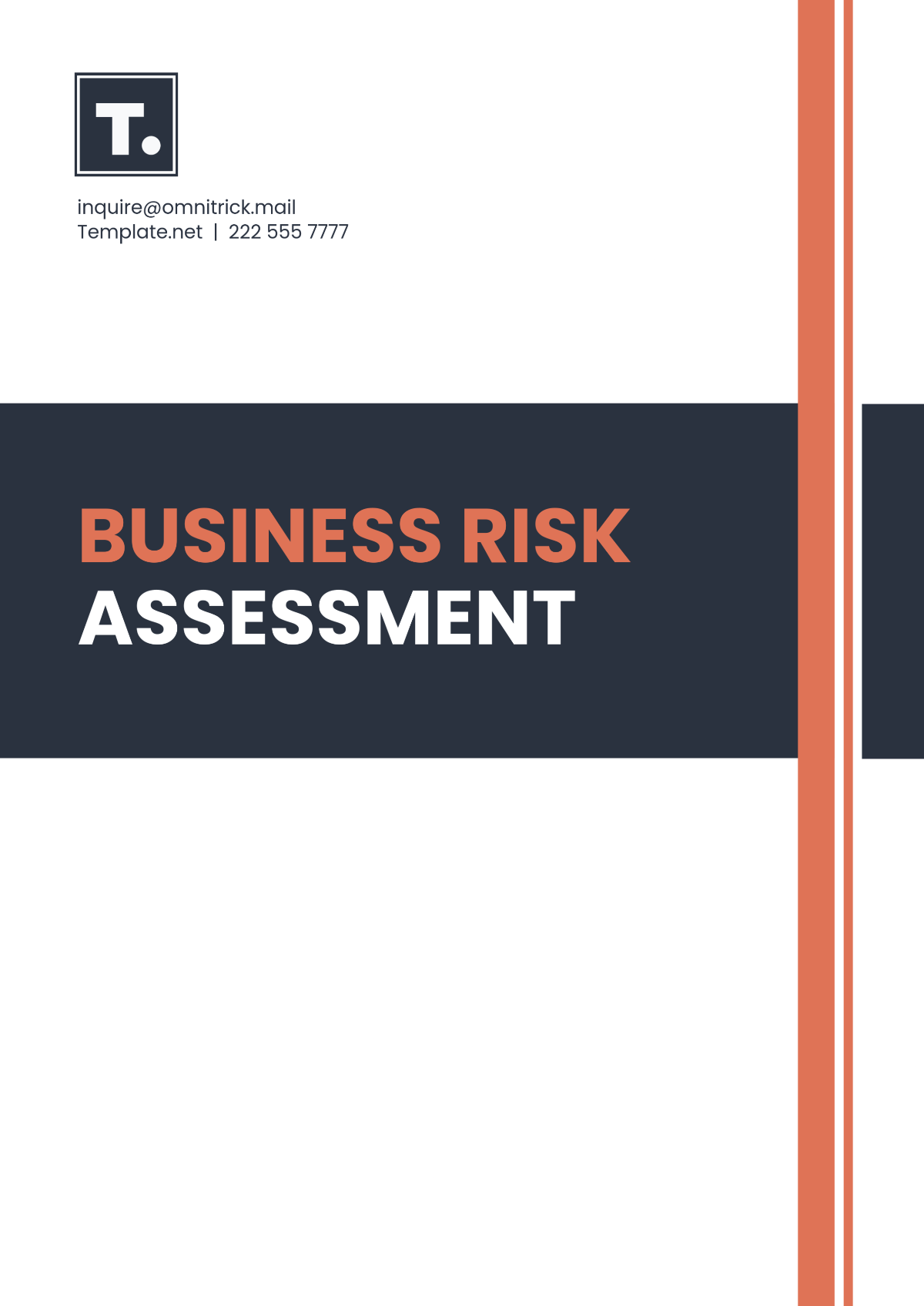SYSTEMATIC REVIEW PROTOCOL
[Your Company Name]
1. Protocol Overview
Present a detailed summary of the systematic review protocol. Put special emphasis on explaining its ultimate goal, and the scope of its reach, and highlight its fundamental components.
1.1 Objective: The protocol aims to systematically review relevant literature to assess the effectiveness of various interventions in managing a specific health condition. It outlines the research question, inclusion/exclusion criteria, and methods for data extraction and analysis.
1.2 Scope: The review encompasses studies published within a specified timeframe and includes diverse interventions such as pharmacological, behavioral, and lifestyle modifications. It considers various study designs to comprehensively evaluate the effectiveness and safety of interventions.
1.3 Components: Key components of the protocol include defining population characteristics, specifying intervention types, outlining outcome measures, detailing search strategies, and establishing criteria for study selection. These components provide a structured framework for conducting a rigorous and unbiased review of the available evidence.
2. Objectives
In this section, the primary research question and any secondary questions or objectives are delineated. The primary aim of the study is stated explicitly, along with any additional inquiries or objectives that will guide the research process.
2.1 Primary Research Question: The main question that the study seeks to address is outlined here, providing a clear focus for the research endeavors.
2.2 Secondary Questions or Objectives: Any additional inquiries or objectives beyond the primary research question are listed under this subsection. These secondary questions or objectives may serve to provide deeper insights or explore related aspects of the research topic.
2.3 PICO Criteria: The population, intervention/exposure, comparison, and outcomes (PICO) criteria are specified in this subsection. This structured approach helps in framing the research question and identifying relevant studies for inclusion in the study. It outlines:
Population: The specific group or demographic under investigation.
Intervention/Exposure: The treatment, intervention, or exposure being studied.
Comparison: The alternative or control condition against which the intervention is being compared.
Outcomes: The desired or measured outcomes that will be evaluated concerning the intervention or exposure.
3. Methods
3.1 Eligibility Criteria: Define the criteria for including studies in the review the types of participants, interventions, comparators, outcomes, and study designs. Justify the inclusion/exclusion criteria based on relevance and feasibility.
3.2 Information Sources: Describe the databases and other sources that will be searched in the clinical trial registries. Outline any additional strategies for identifying relevant studies searching reference lists and contacting experts.
3.3 Search Strategy: Provide details of the search strategy, including search terms, Boolean operators, and any limits or filters applied. Specify the time frame and language restrictions, if any.
3.4 Data Extraction: Describe the process for selecting studies, extracting data, and resolving discrepancies. List the variables to be extracted from each included study characteristics, participant demographics, intervention details, and outcomes.
3.5 Quality Assessment: Outline the methods for assessing the quality and risk of bias of included studies. Specify any tools or criteria to be used for quality assessment.
3.6 Data Synthesis: Explain the planned approach to data synthesis. Describe how heterogeneity between studies will be assessed and addressed.
4. Data Management
This is a critical aspect of the review process, ensuring efficiency and accuracy in handling data. Throughout the review process, data will be meticulously stored, managed, and organized to facilitate smooth operations and comprehensive analysis.
4.1 Storage and Organization: All data will be stored in secure digital repositories, categorized by relevant criteria such as date, source, and content type. This structured approach to organization will streamline access and retrieval, minimizing the risk of data loss or confusion.
4.2 Management Tools: To facilitate efficient data management and analysis, specific software and tools will be employed. These may include database management systems, data visualization software, and analytical tools tailored to the requirements of the review process. By utilizing such tools, data can be processed, interpreted, and presented effectively, enhancing the overall quality of the review outcomes.
4.3 Data Analysis: Alongside storage and management, emphasis will be placed on data analysis methodologies. This involves the application of statistical techniques, pattern recognition algorithms, and other analytical methods to extract meaningful insights from the collected data. Through systematic analysis, trends, correlations, and anomalies can be identified, contributing to informed decision-making and comprehensive review outcomes.
5. Reporting
In presenting systematic review results, it's vital to detail the approach including communication strategies and specific reporting guidelines. These guidelines, which promote transparency, accuracy, and completeness, are key to maintaining credibility and facilitating study comparison. Thus, their inclusion is critical for robust, reliable findings.
6. Expected Results
Please provide a concise summary that outlines the findings that we expect to uncover as a result of performing the systematic review. Furthermore, please include potential implications or possible effects that these anticipated findings might have on the relevant field of study or practice.
7. Conclusion
Provide a detailed summary of the main points embodied in the protocol. In addition, it is crucial to highlight its importance, the profound role it plays, and the extent to which it invites advancements in its corresponding field of knowledge.
